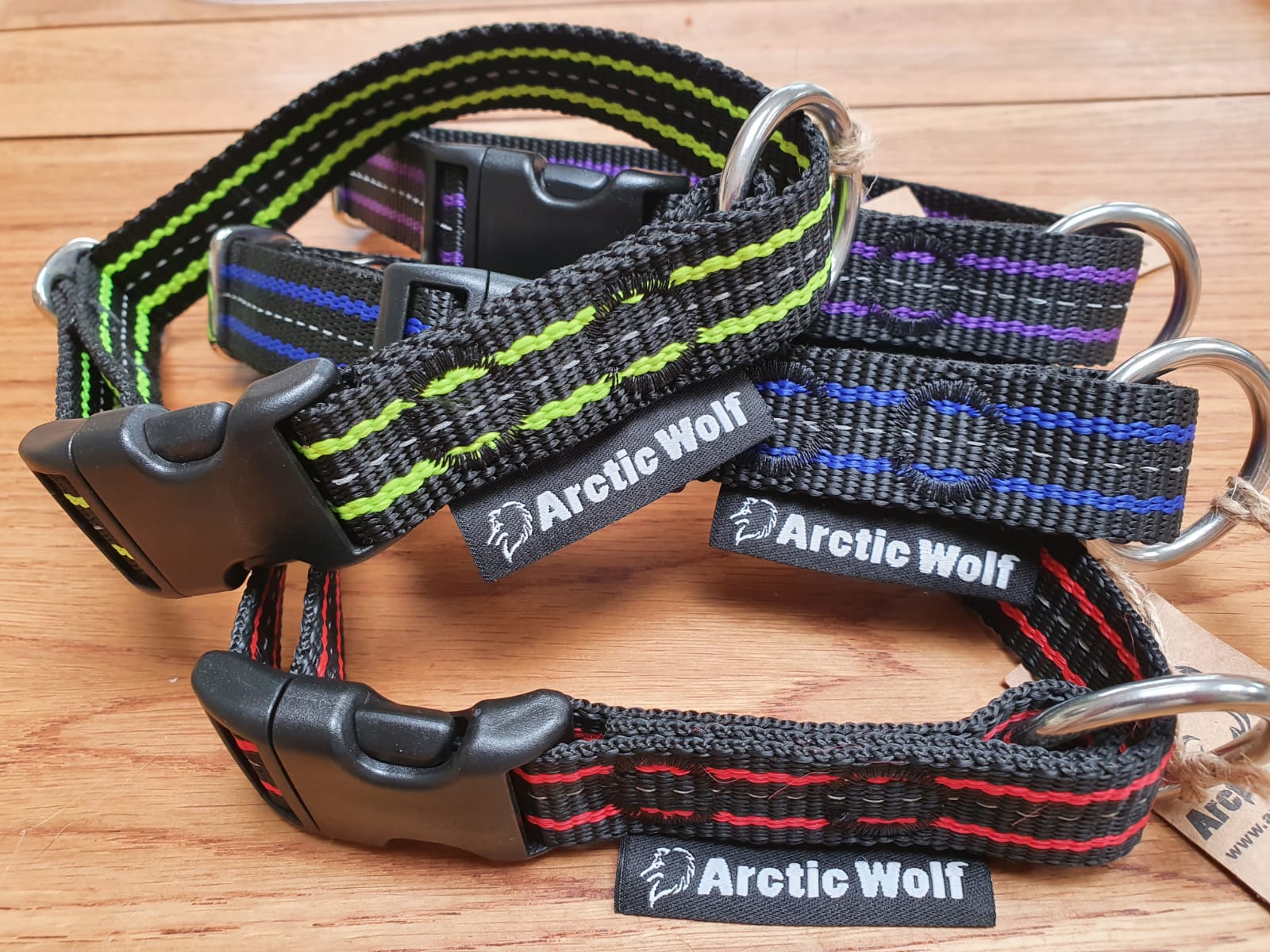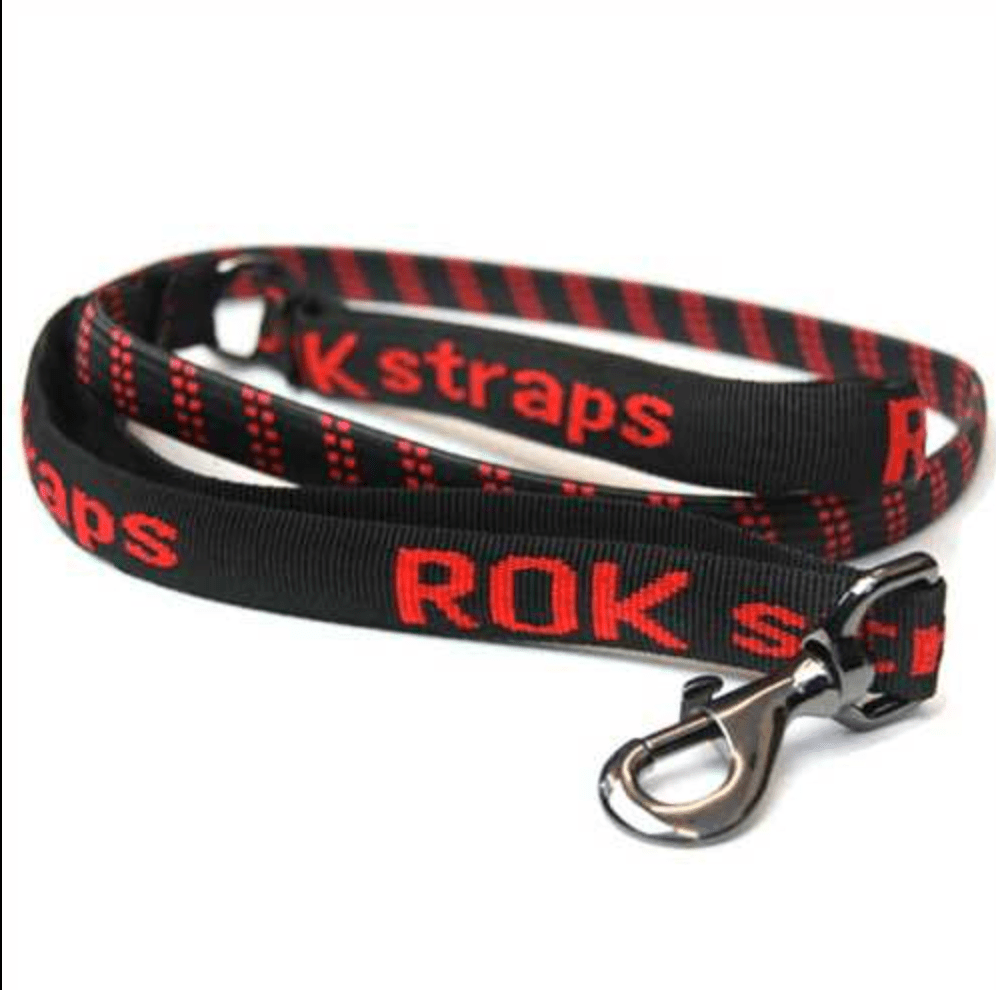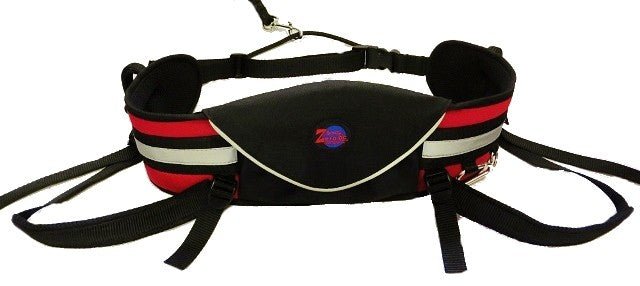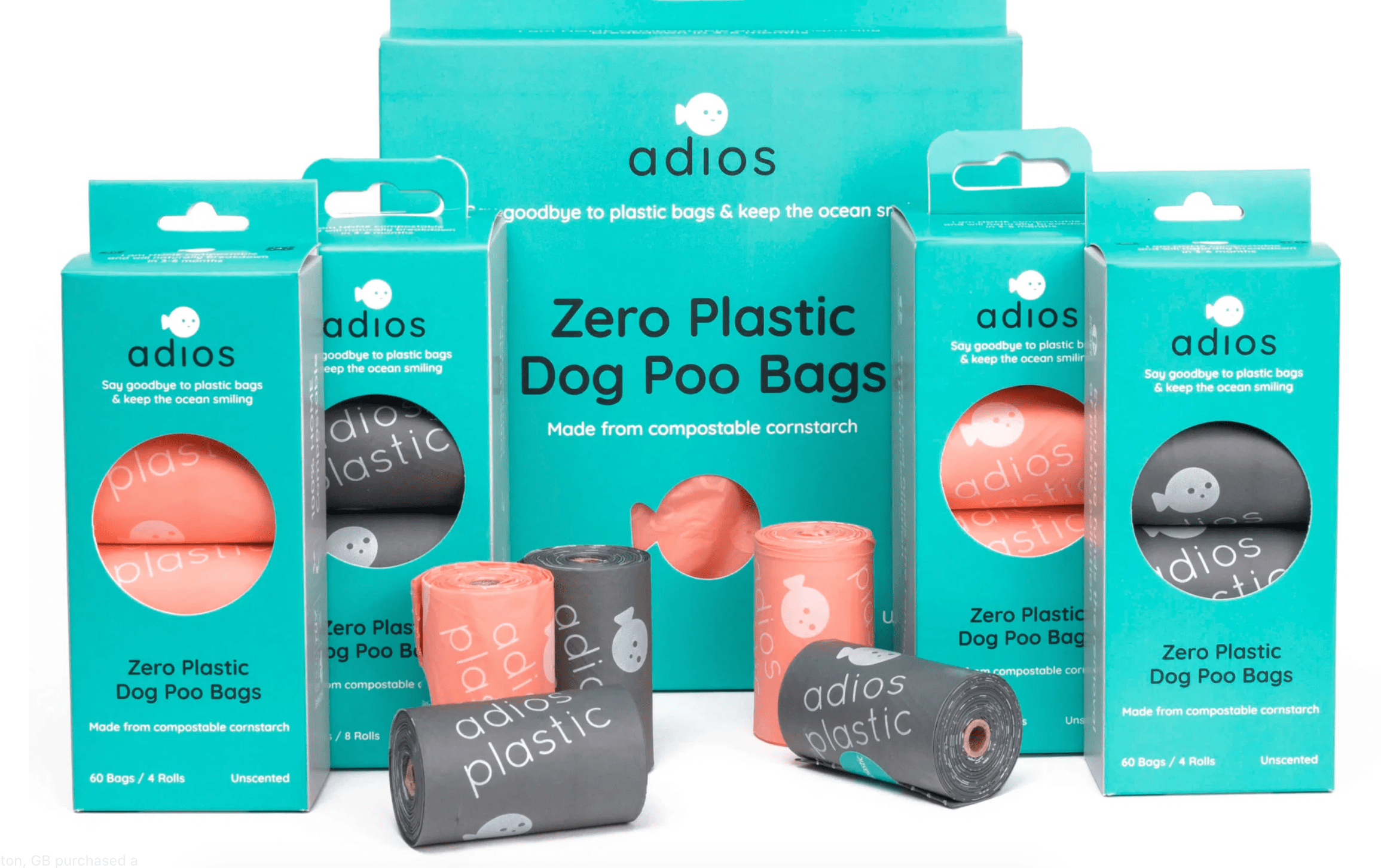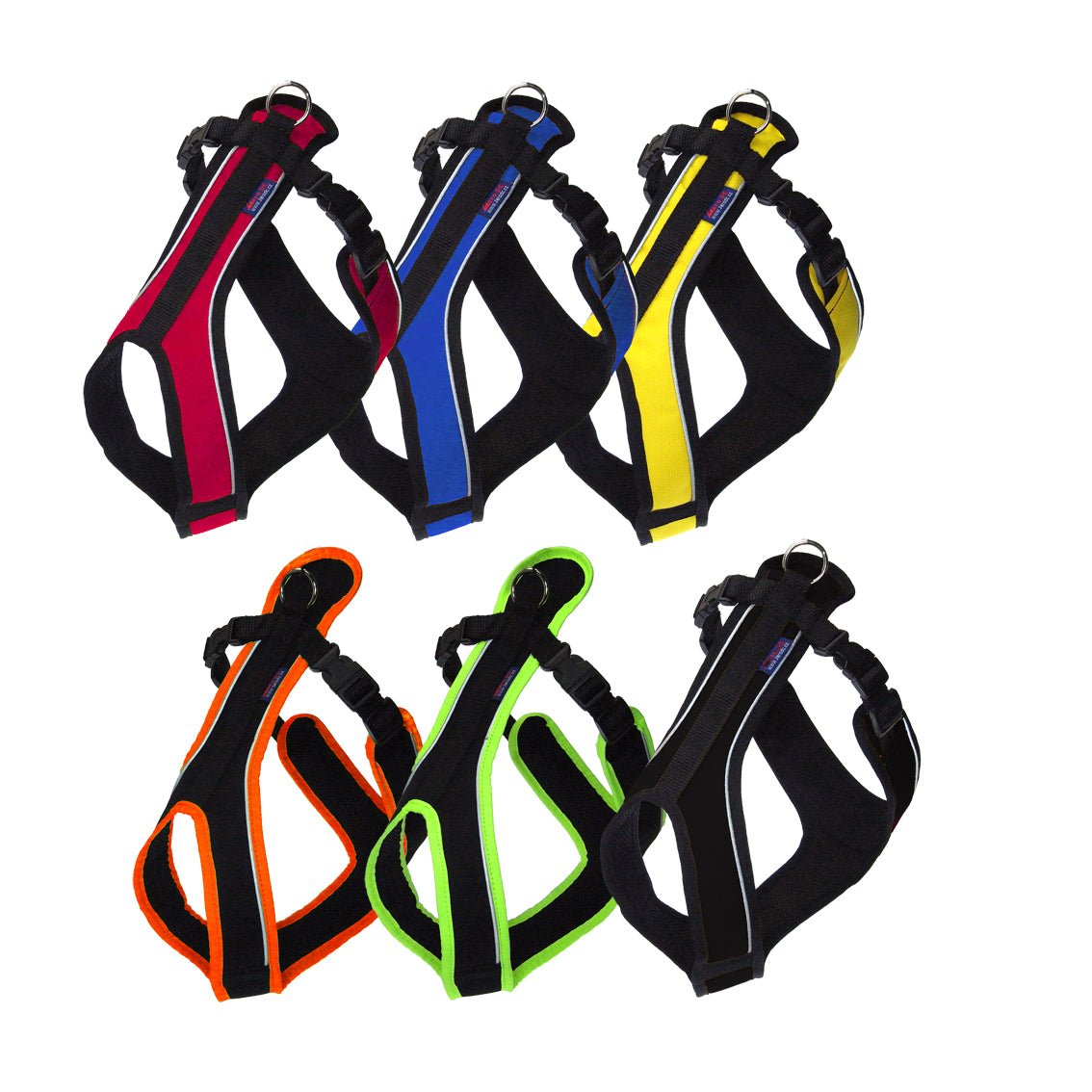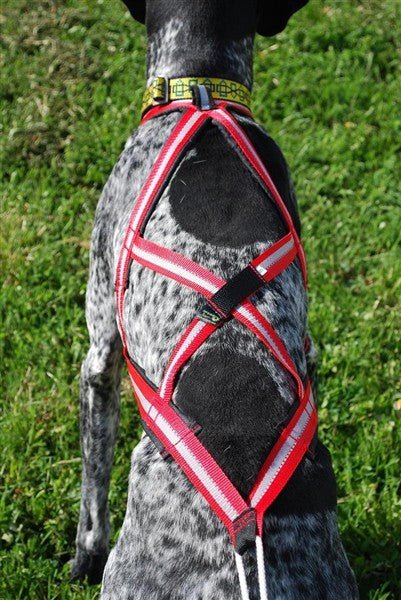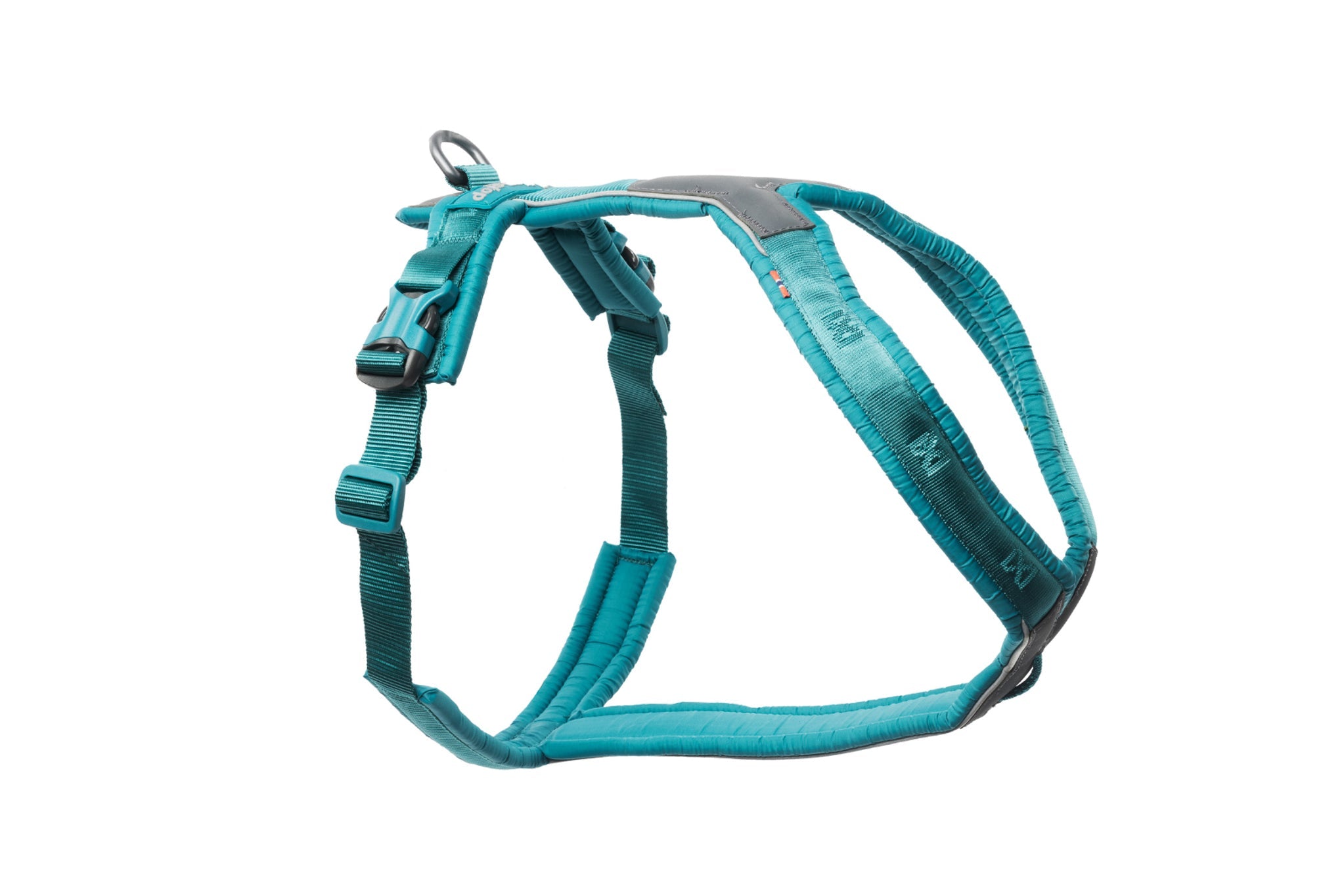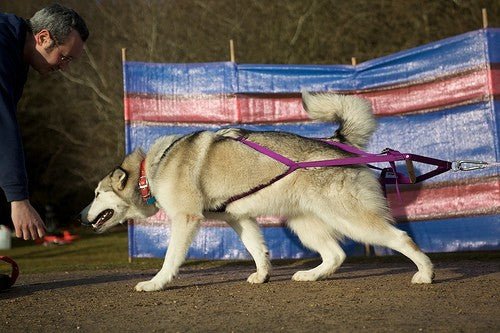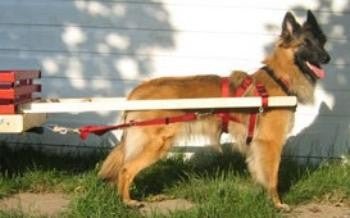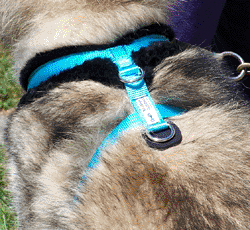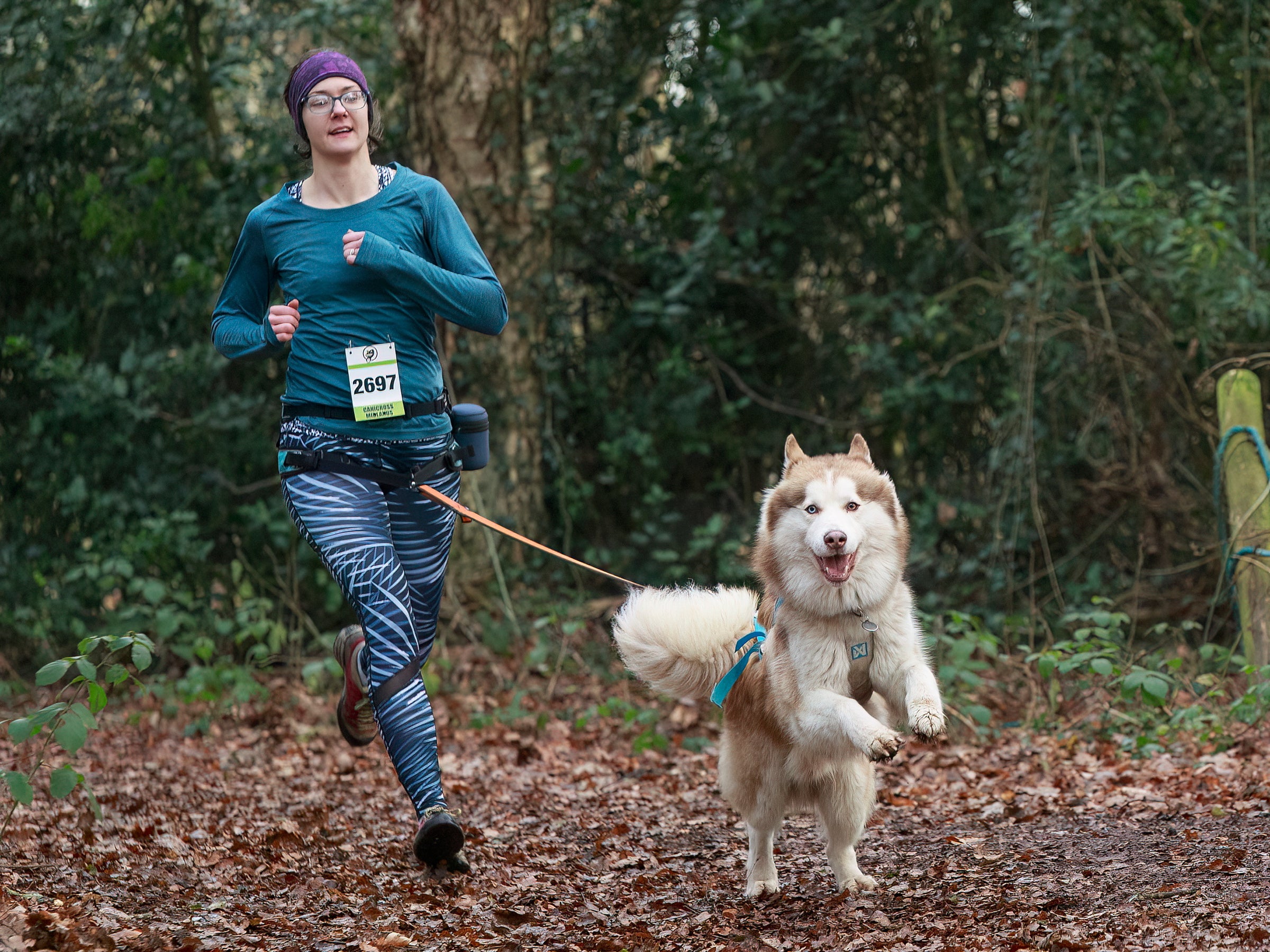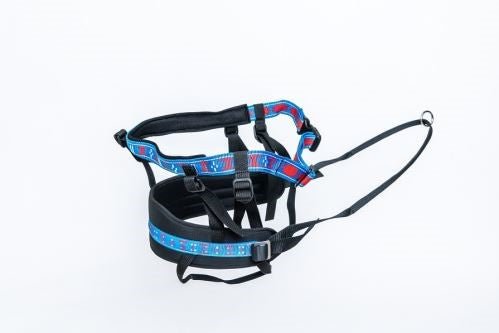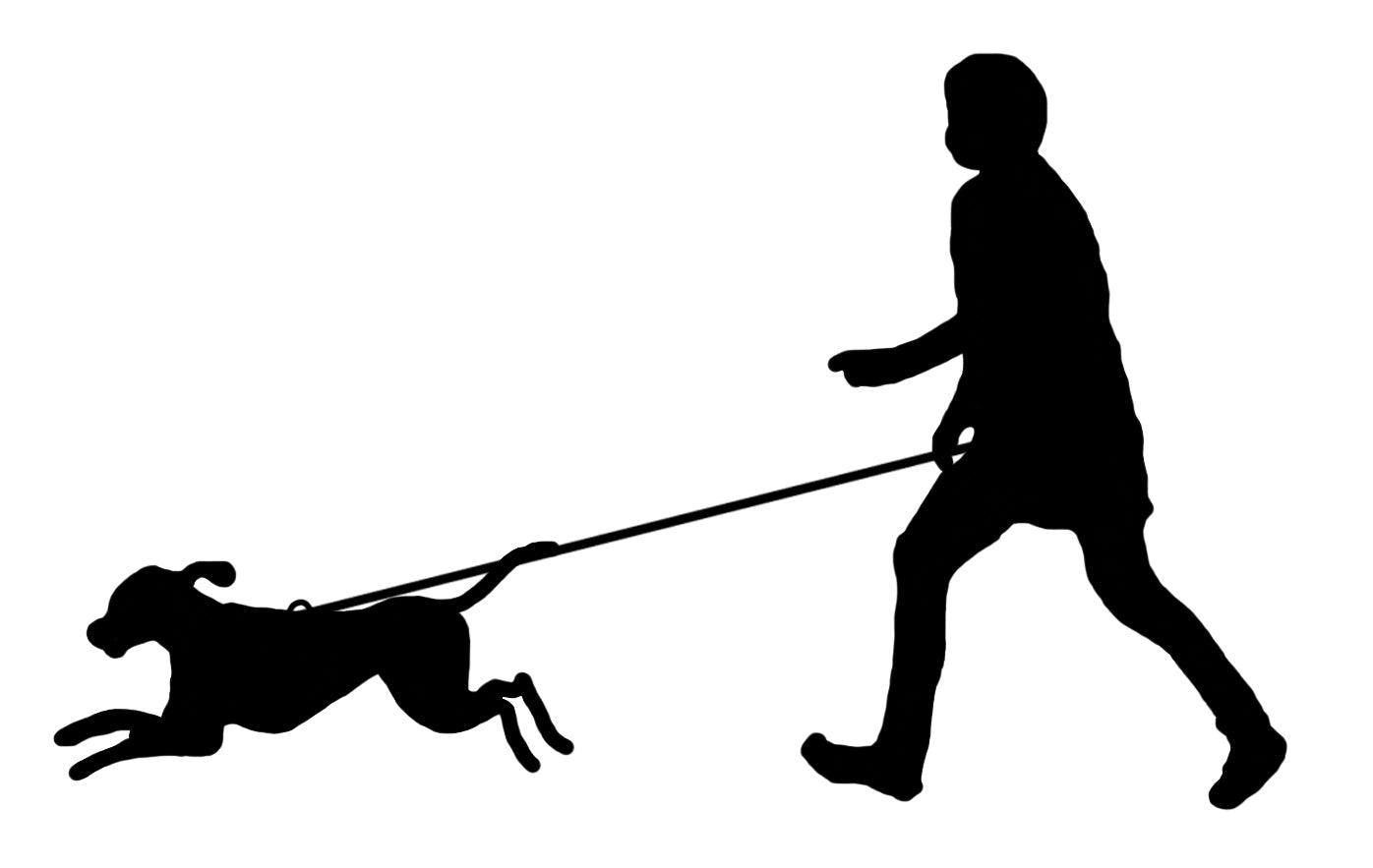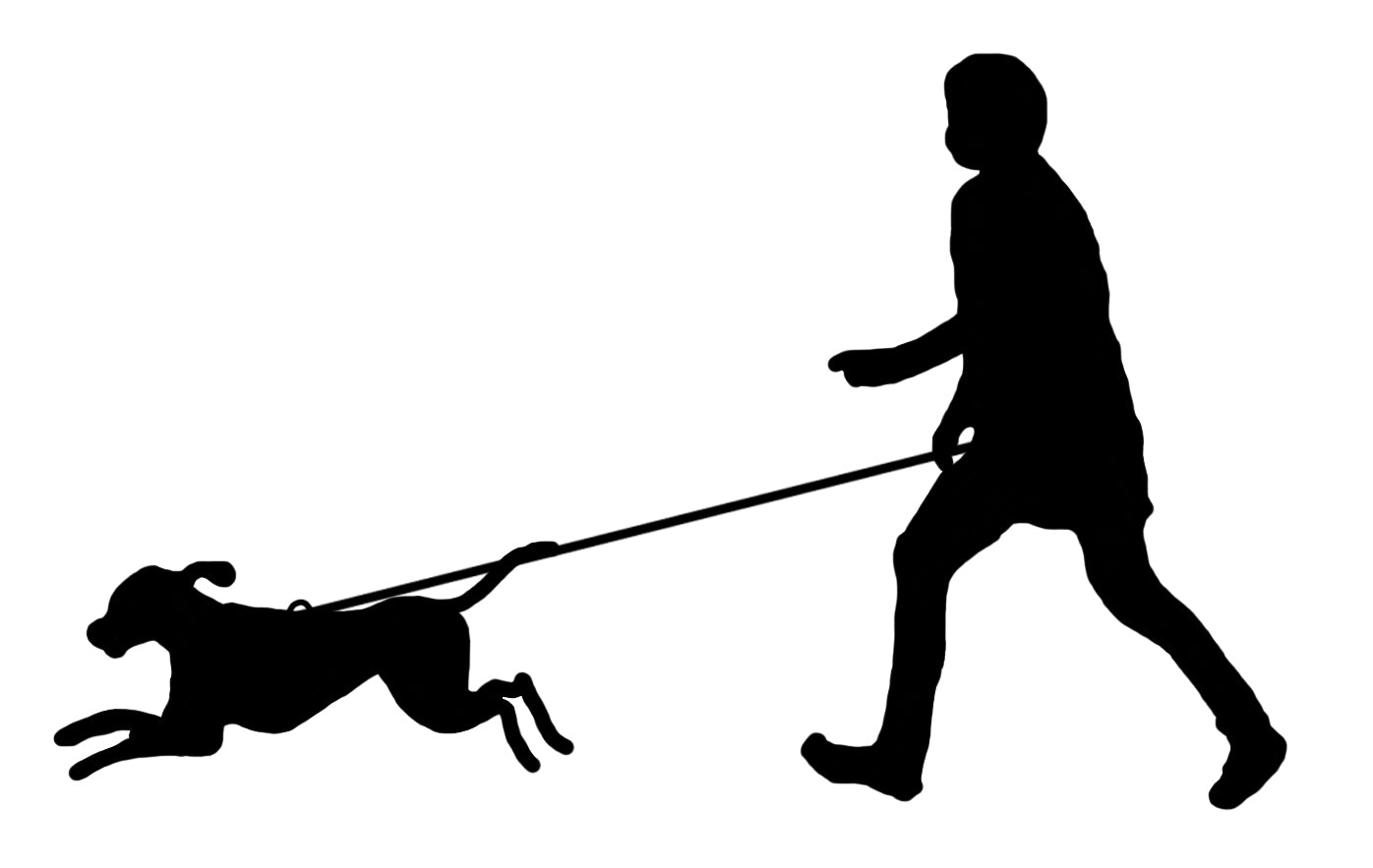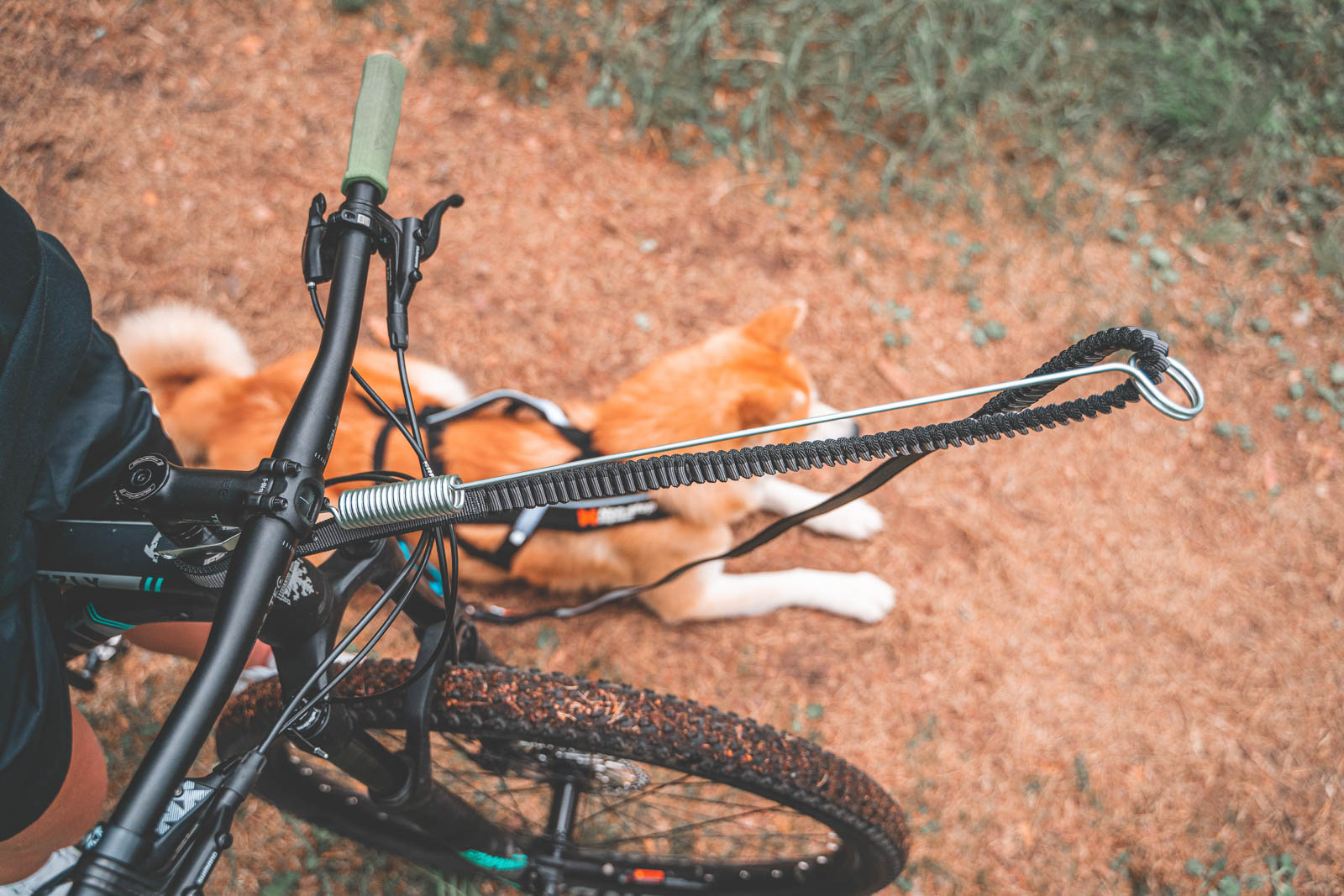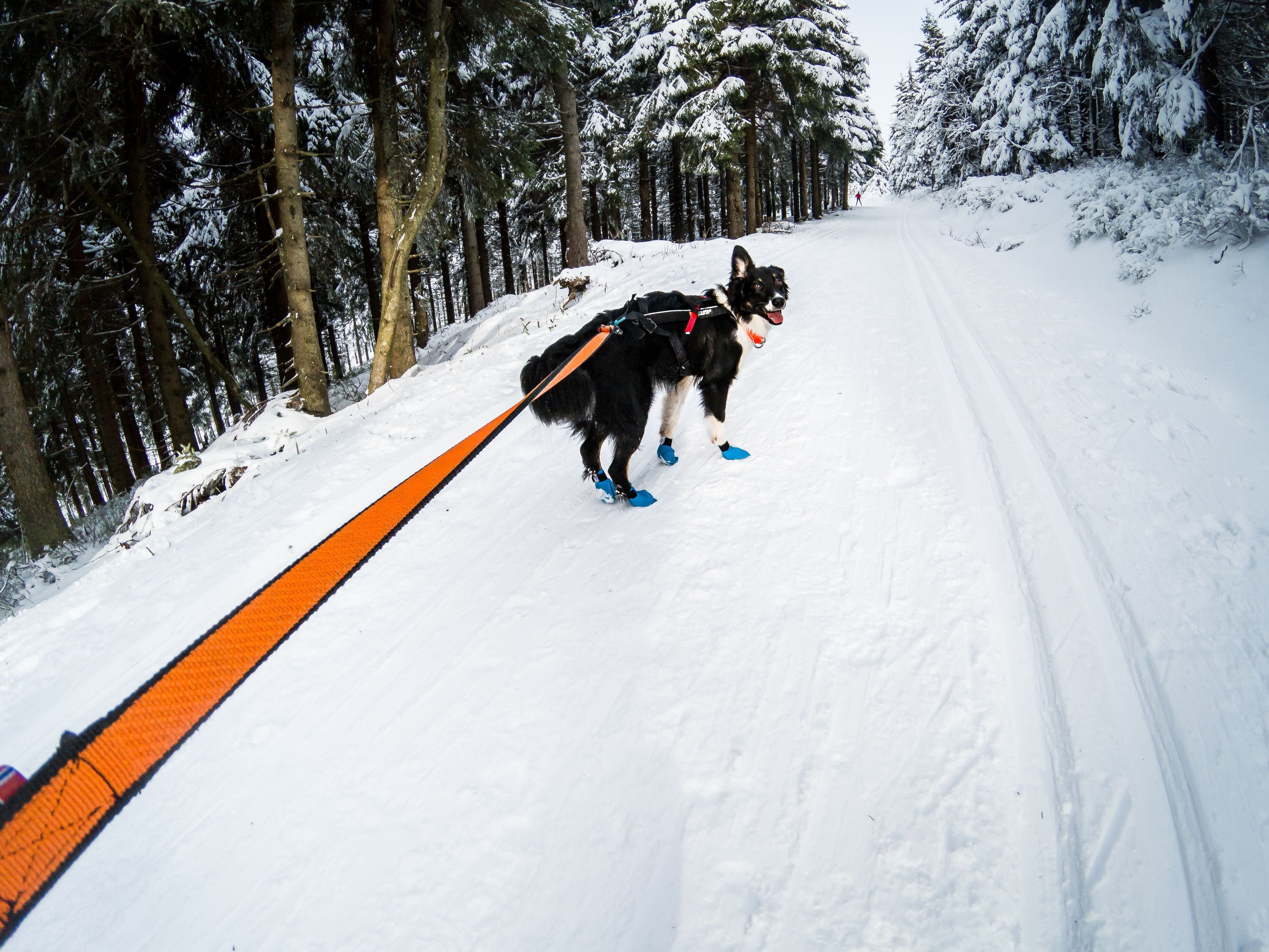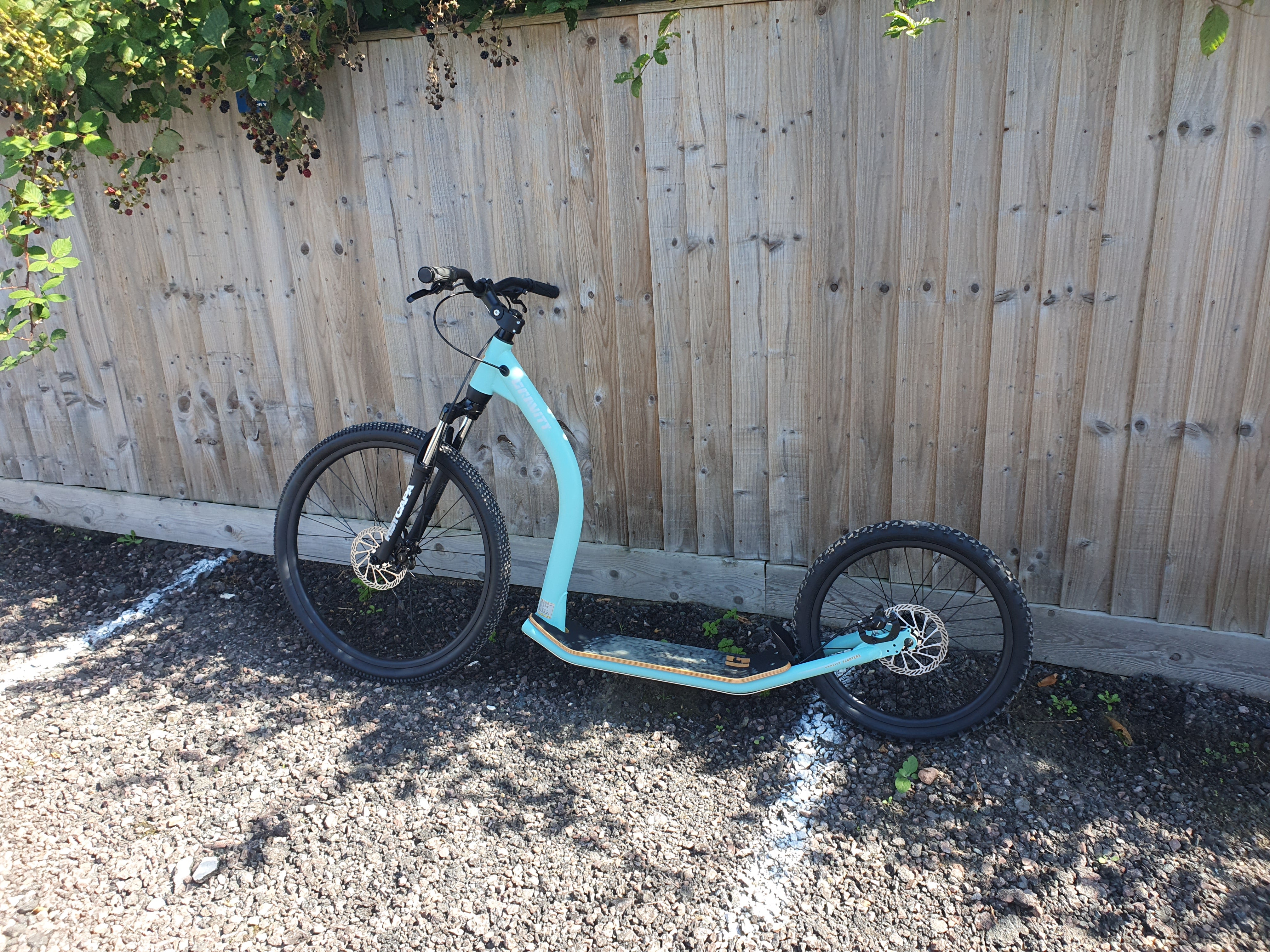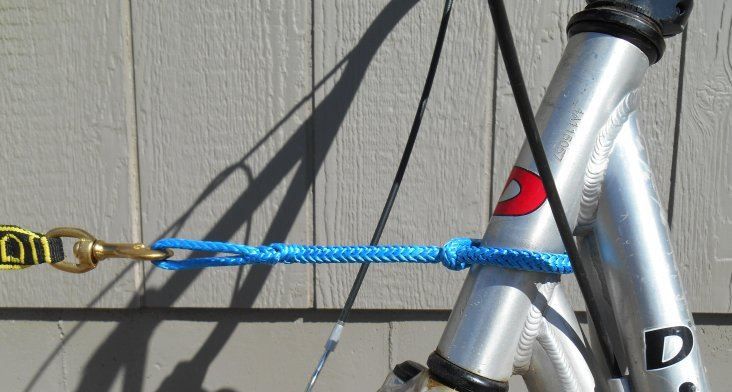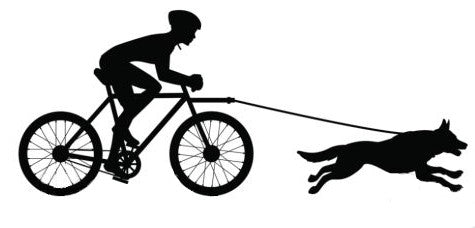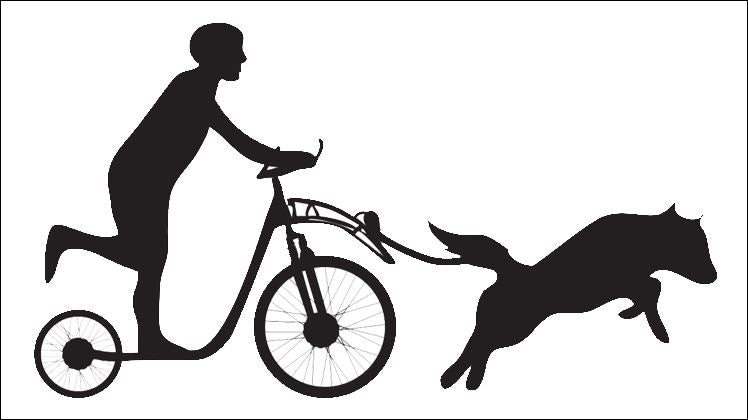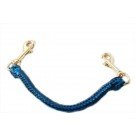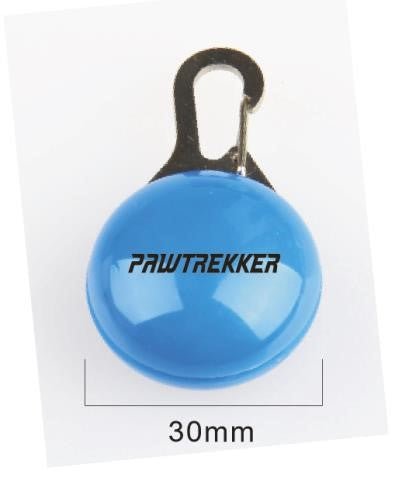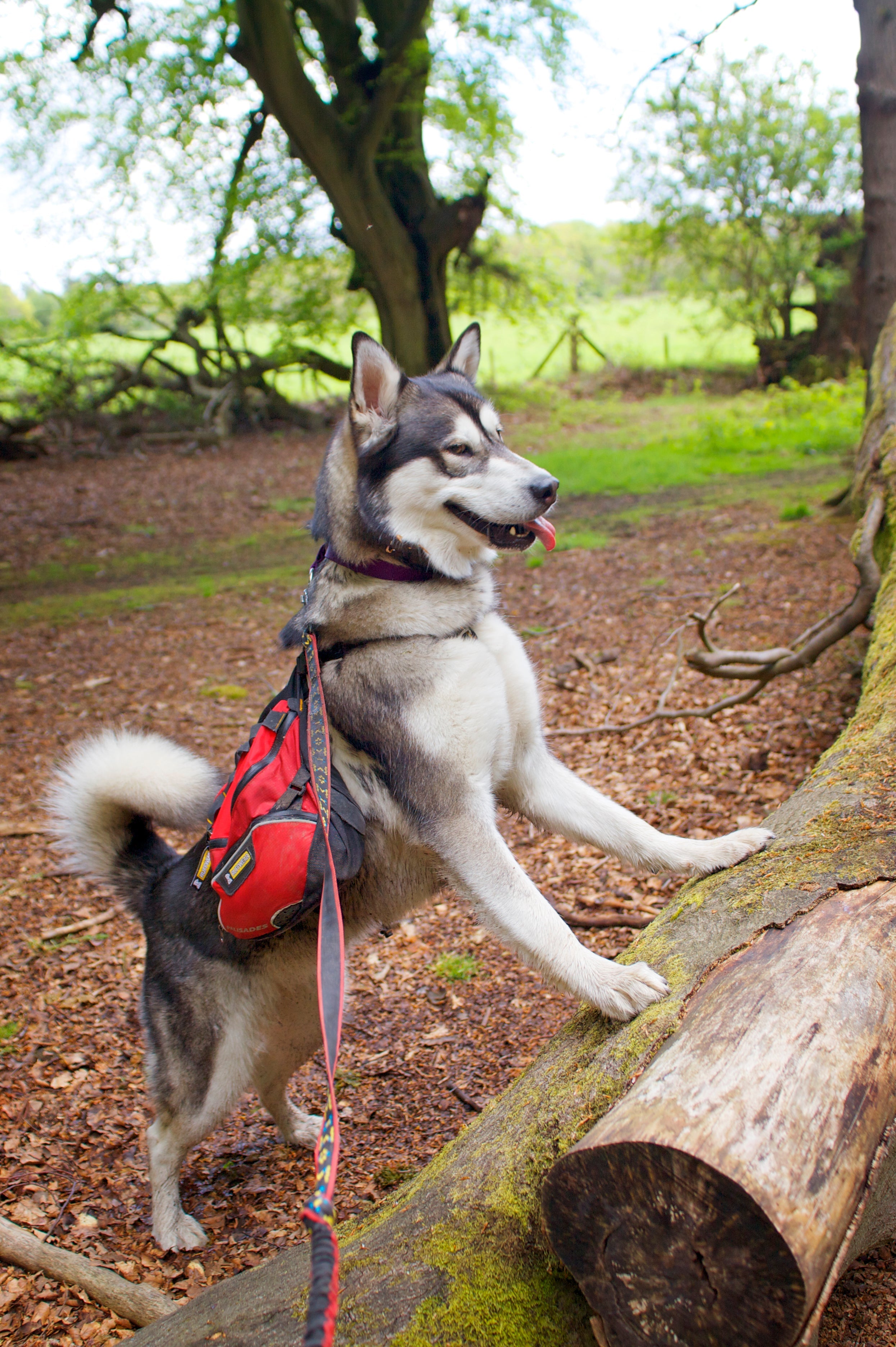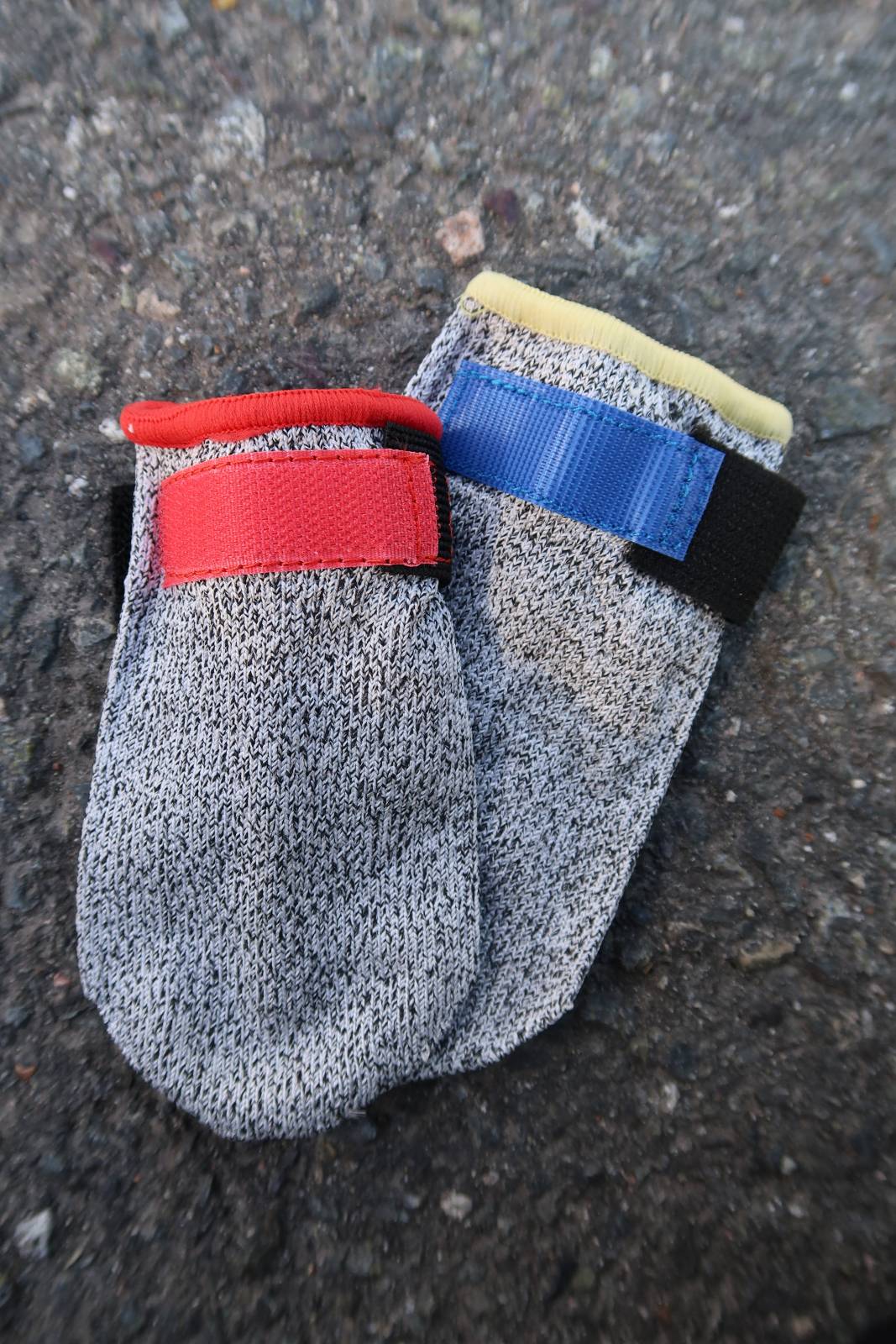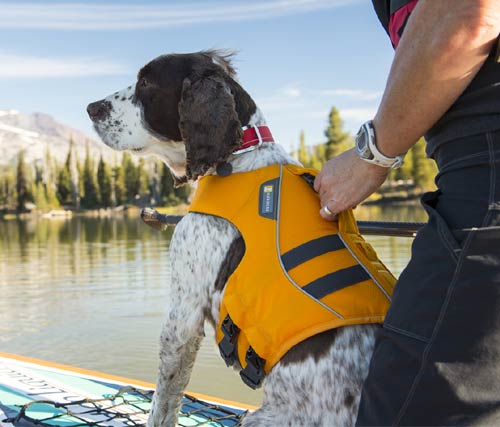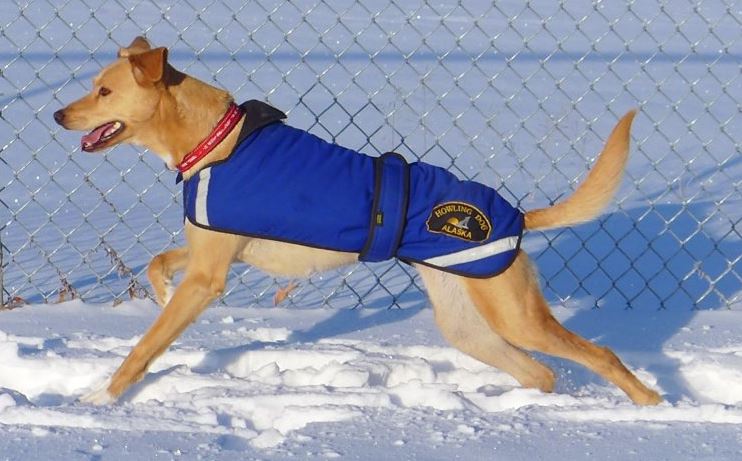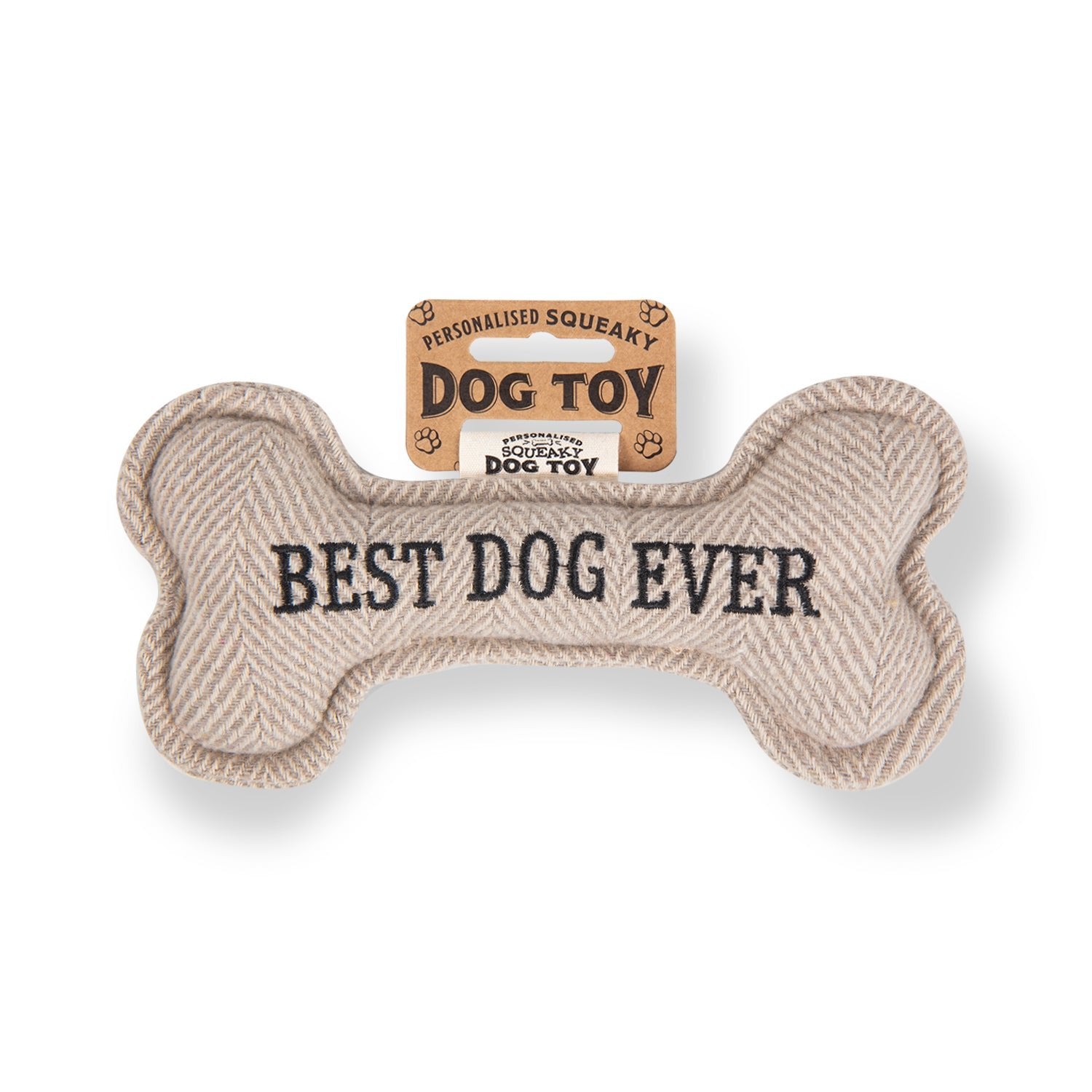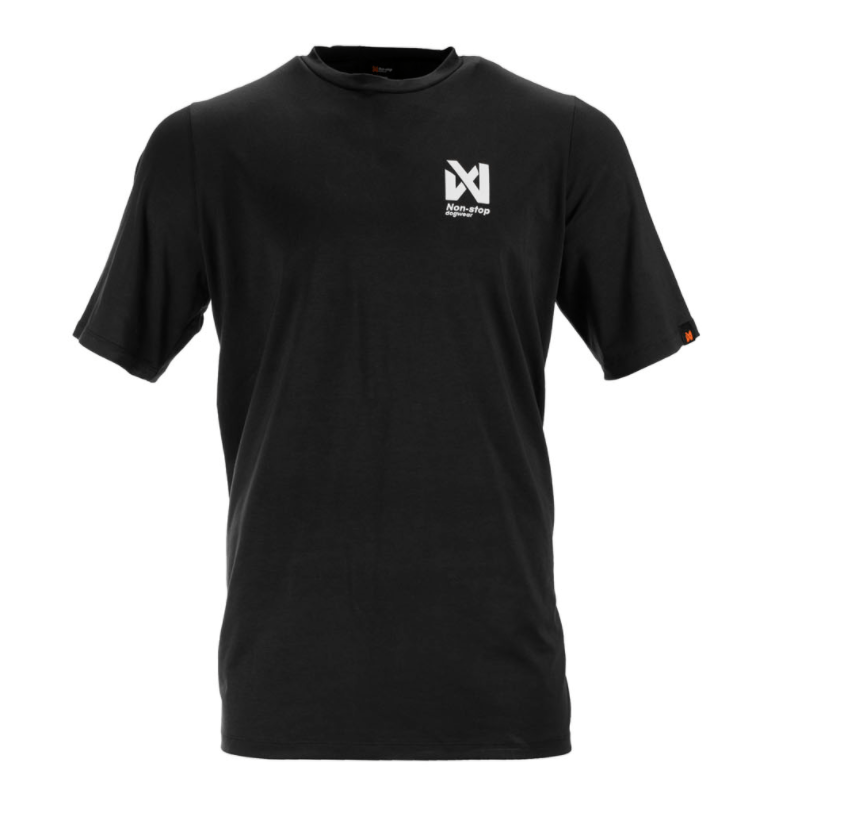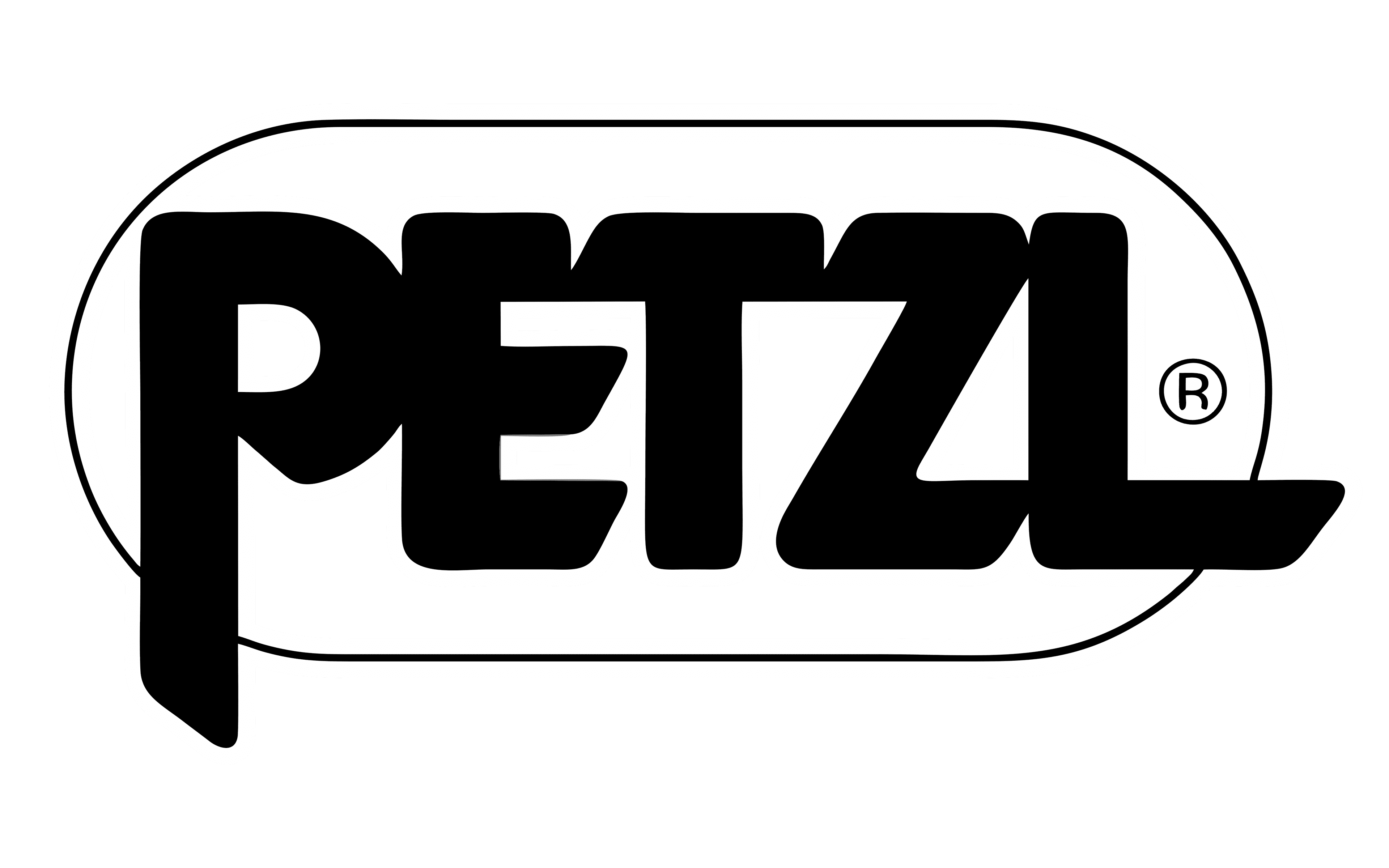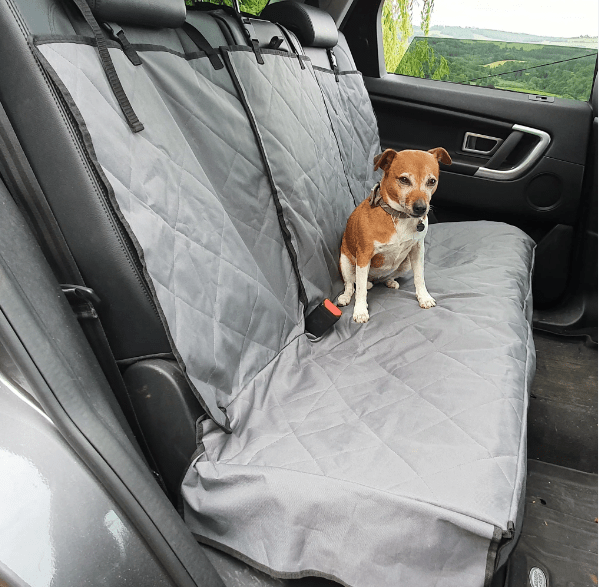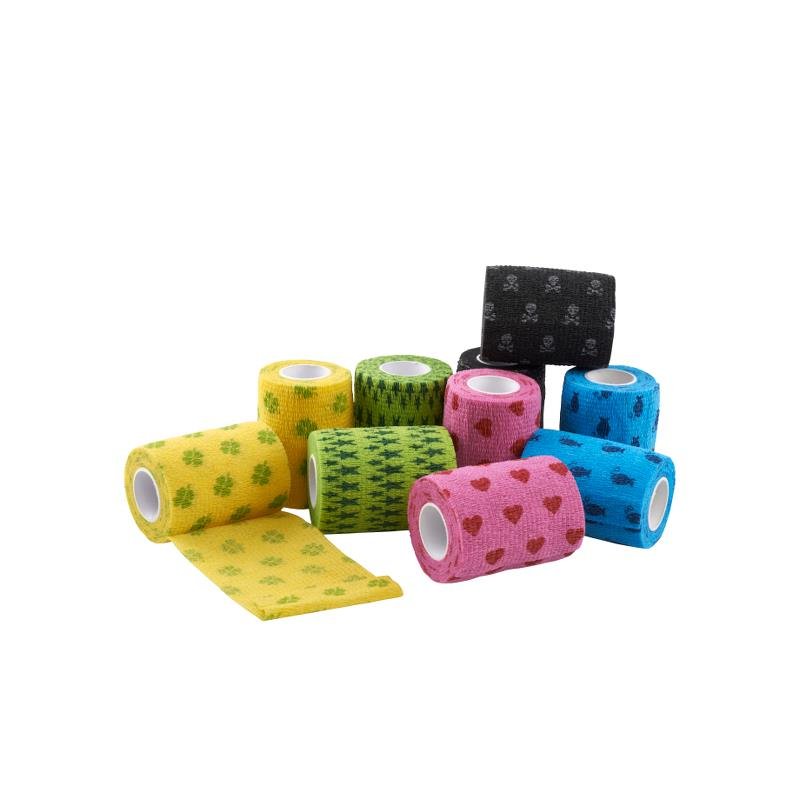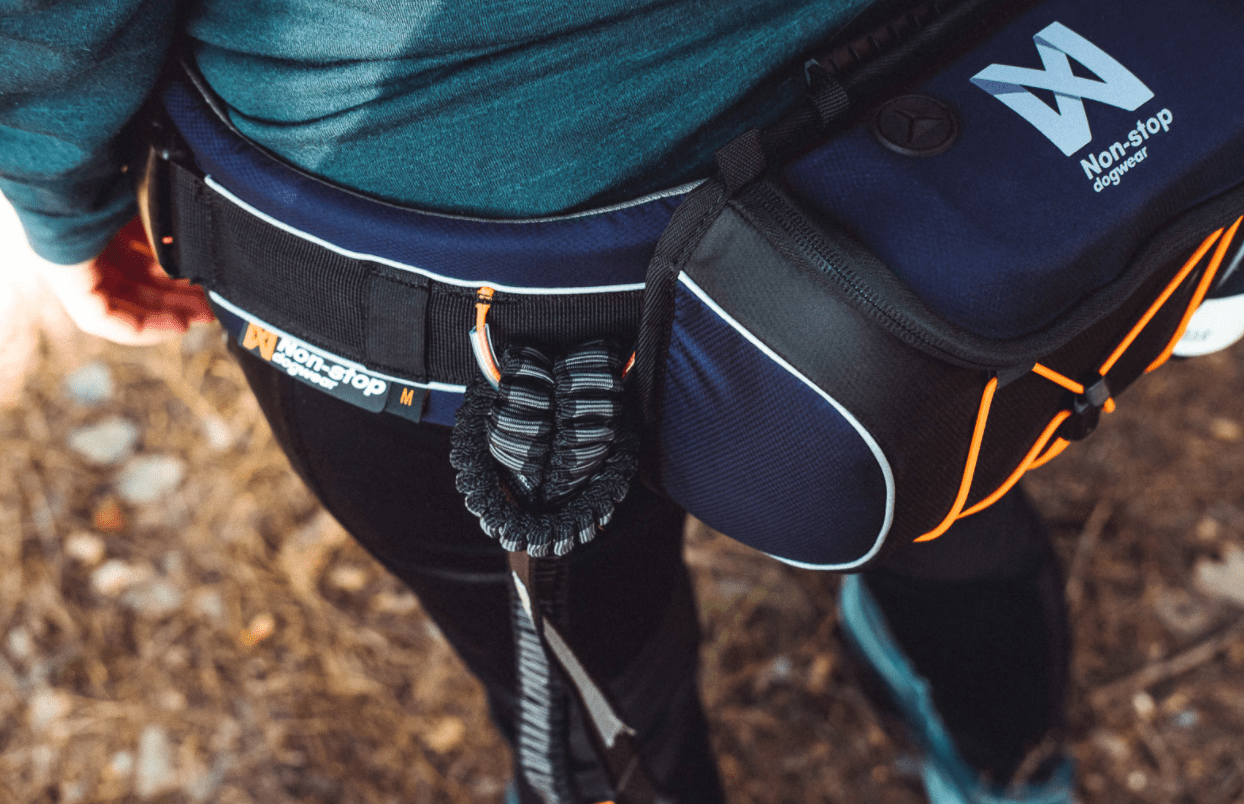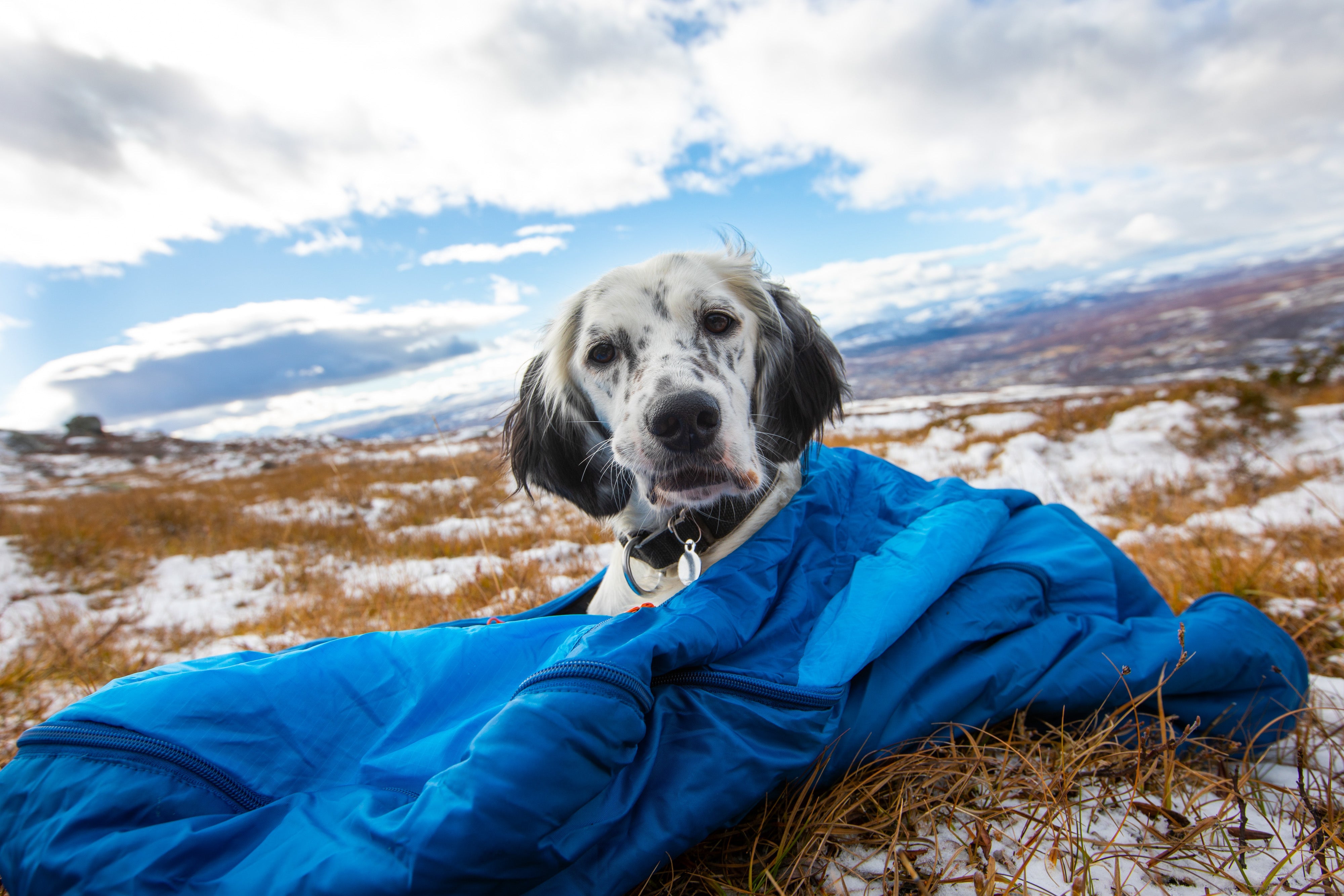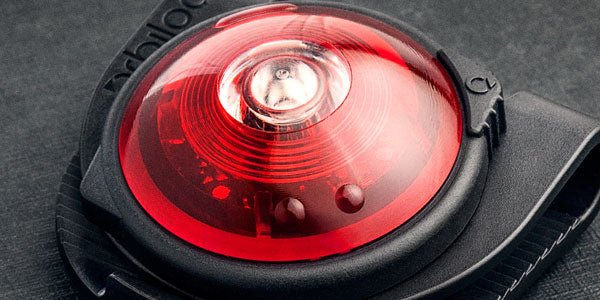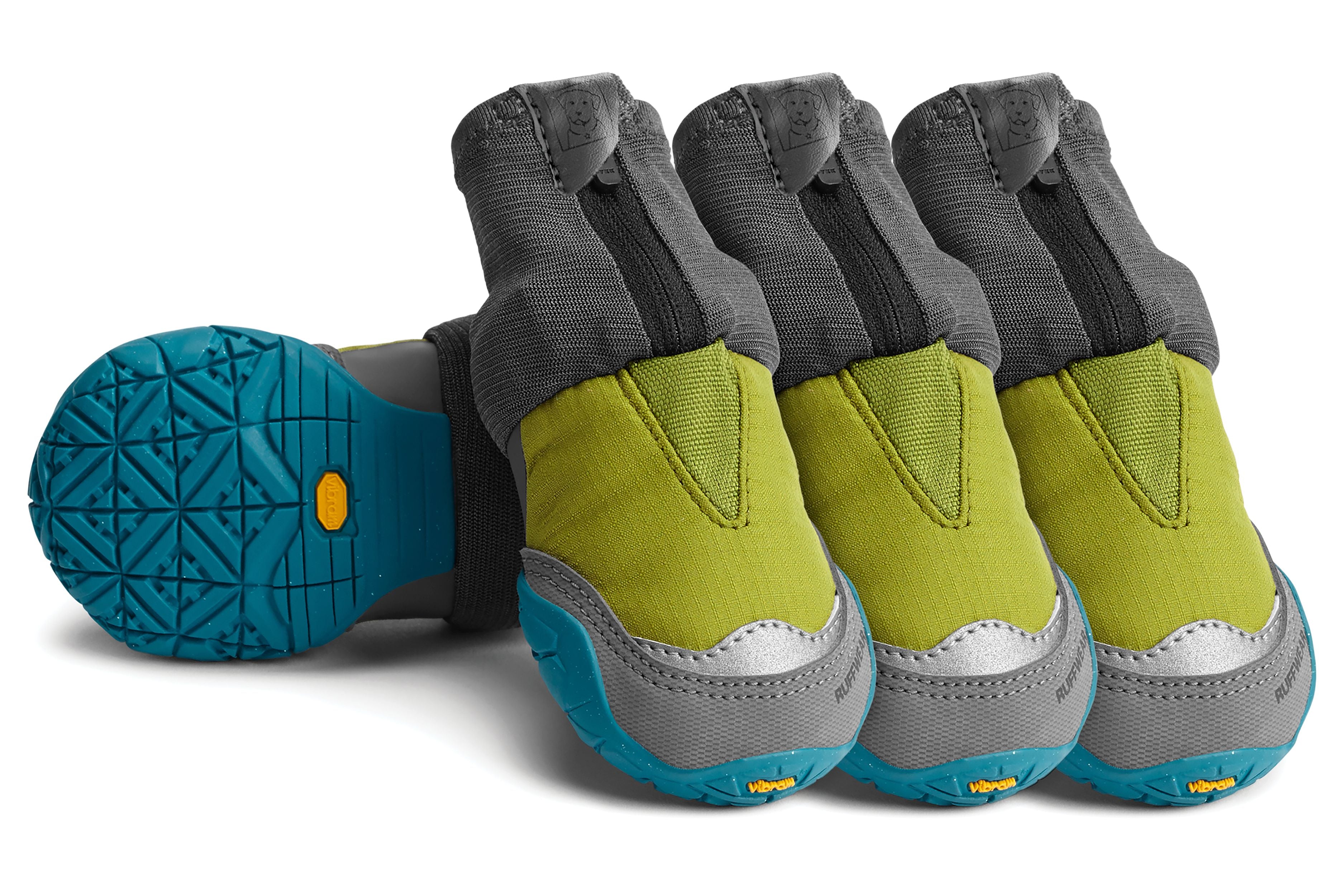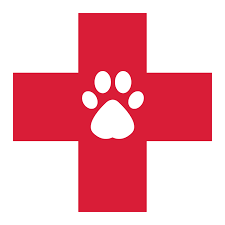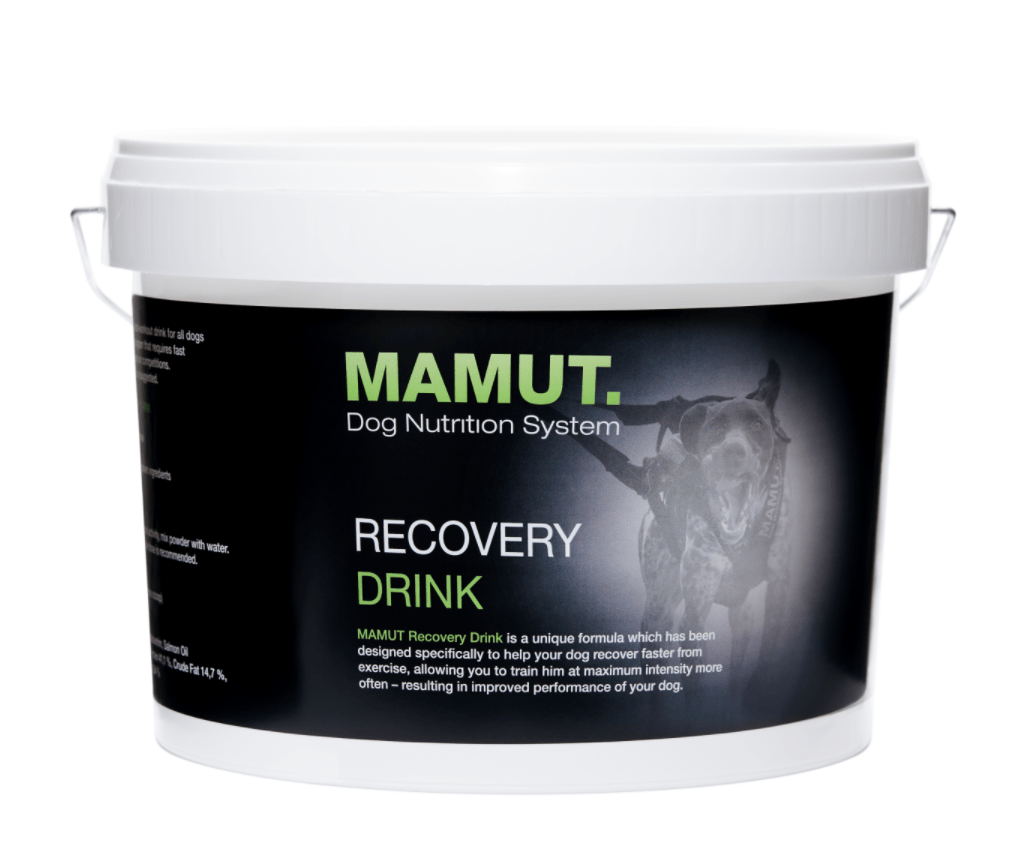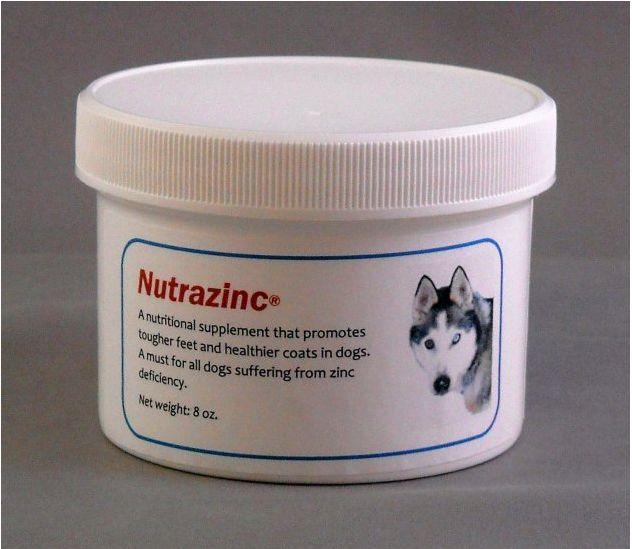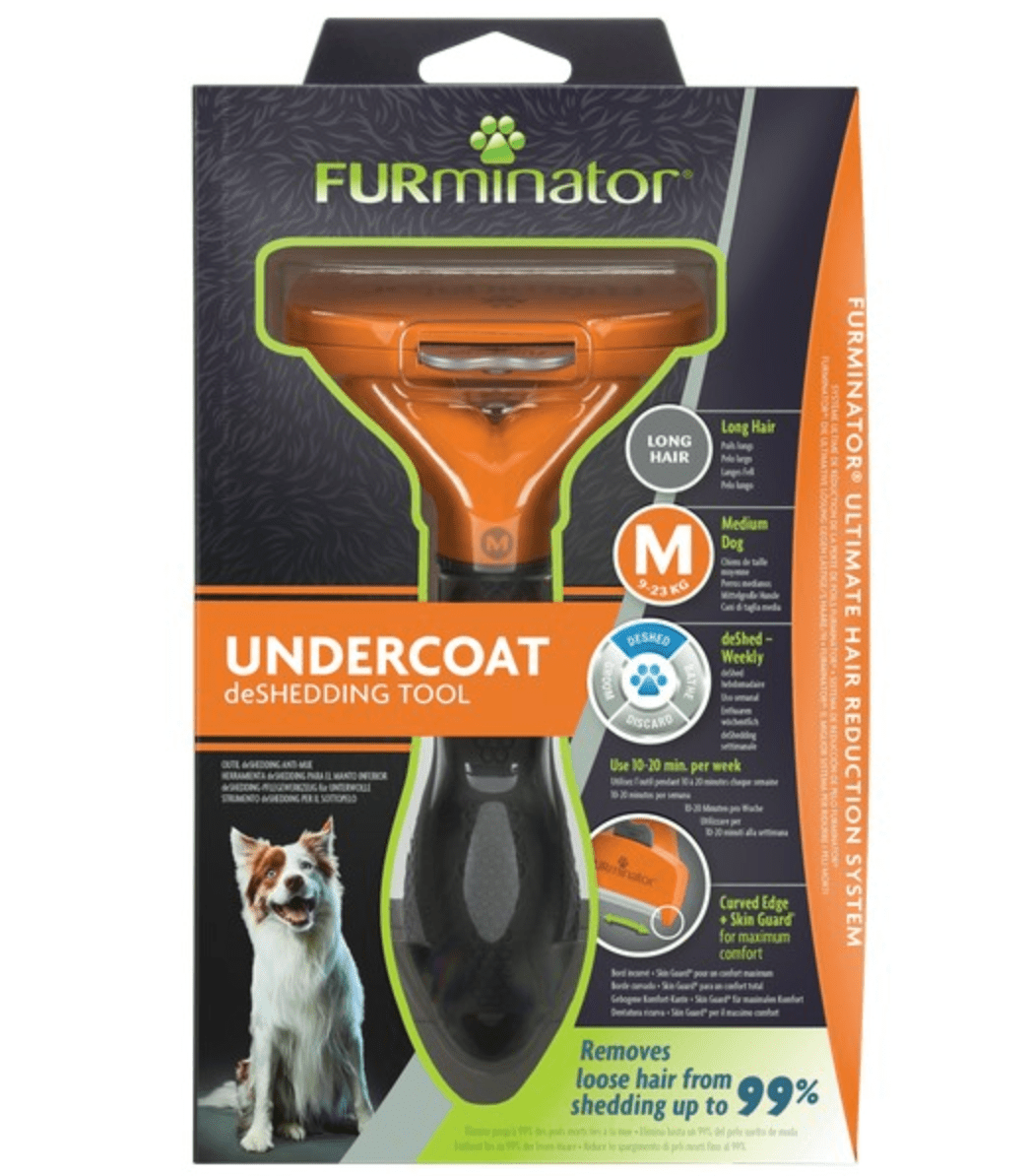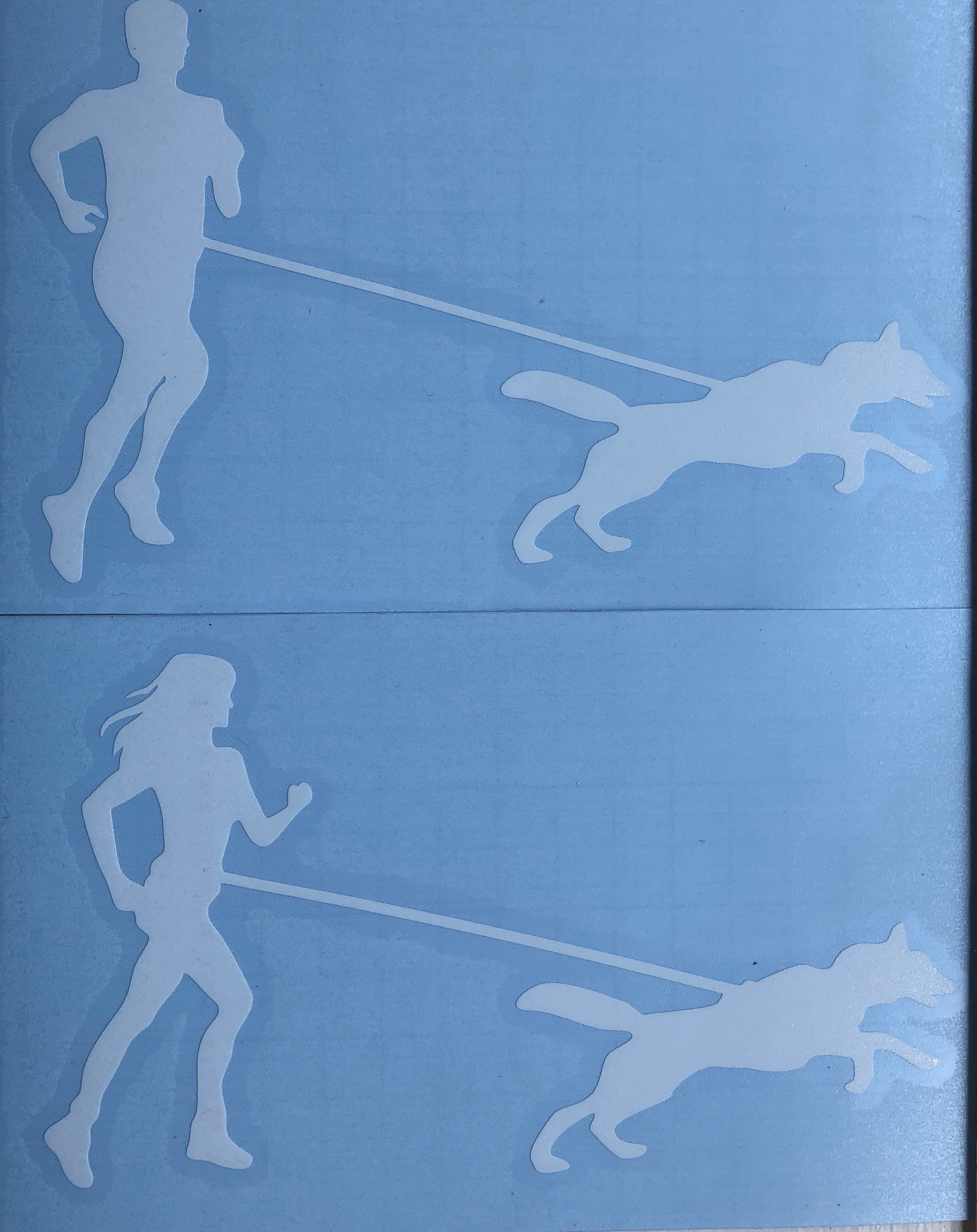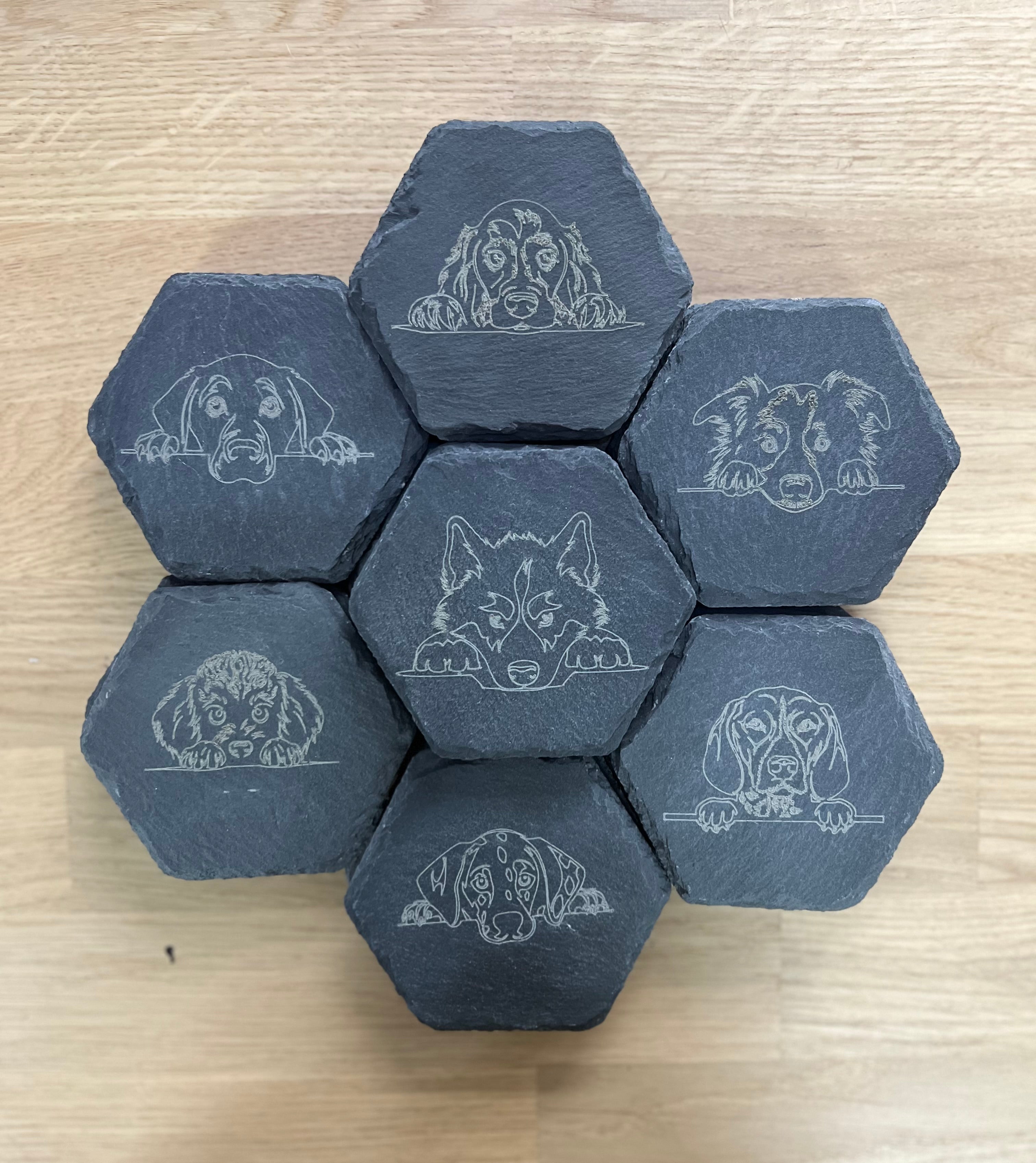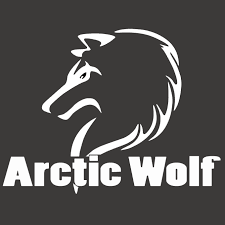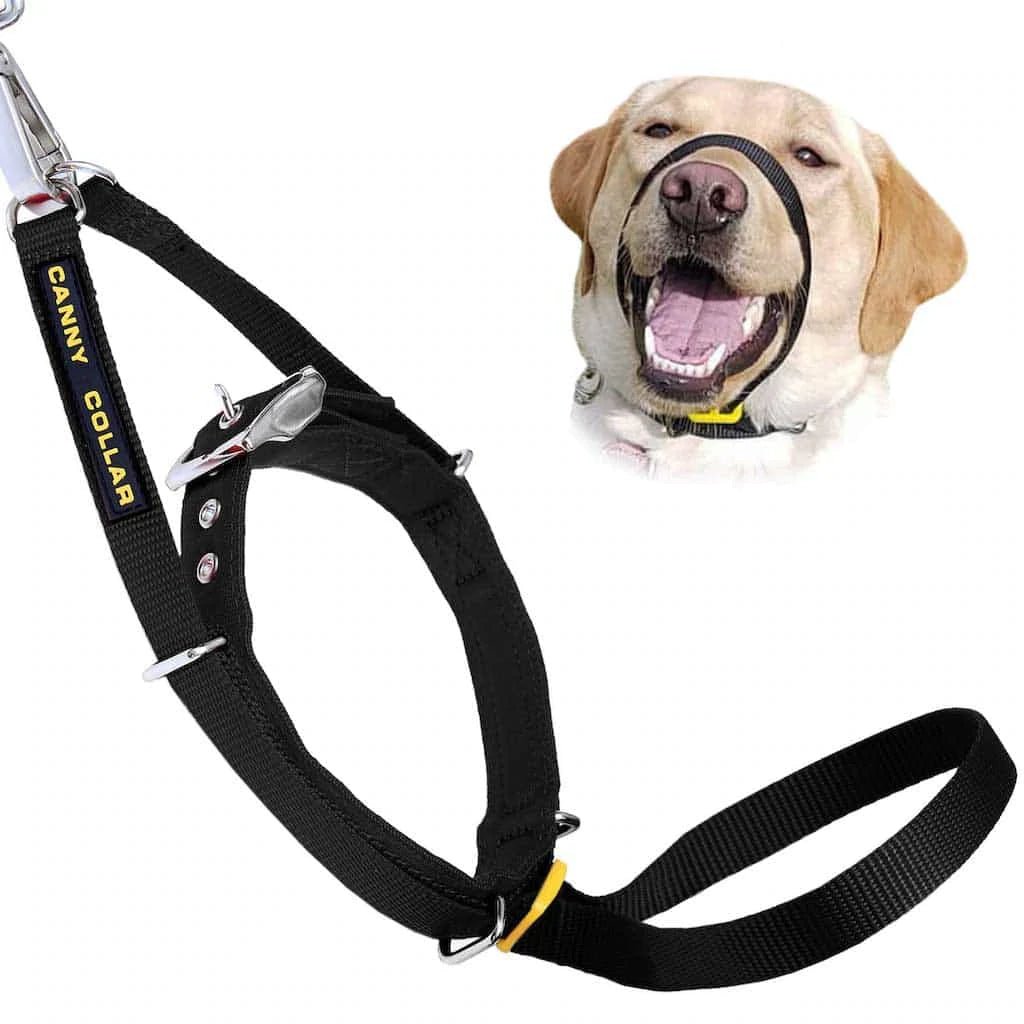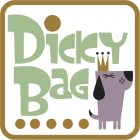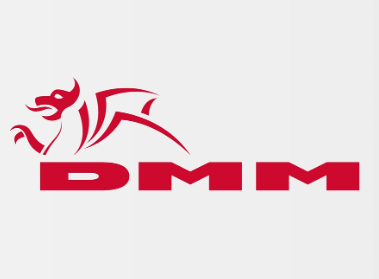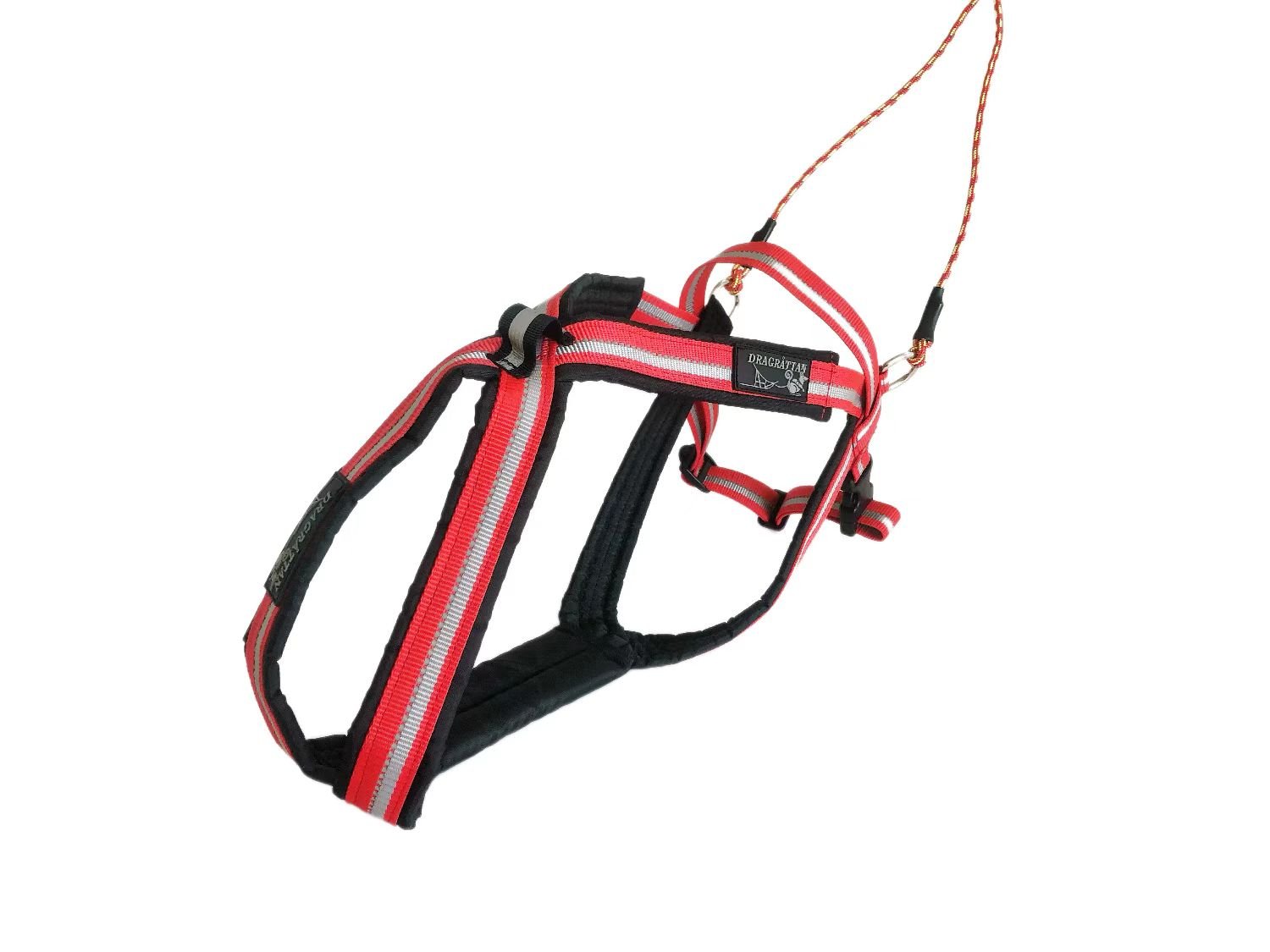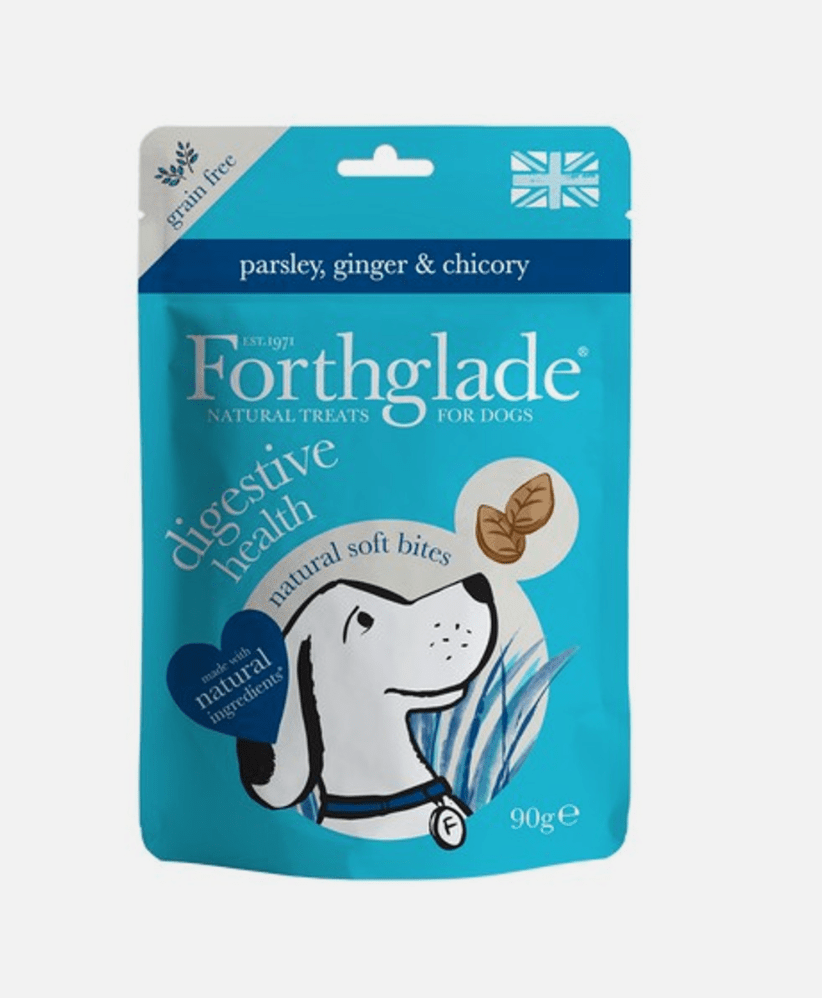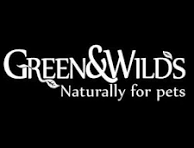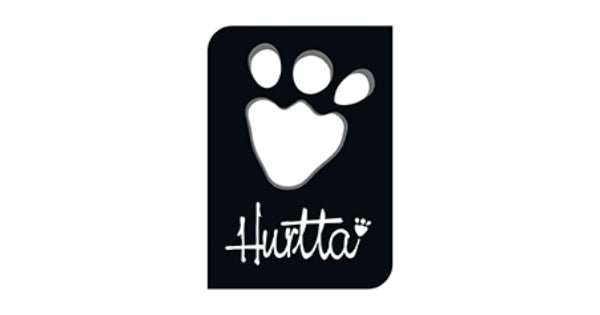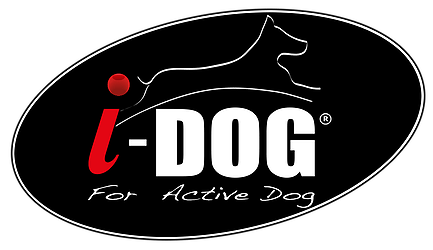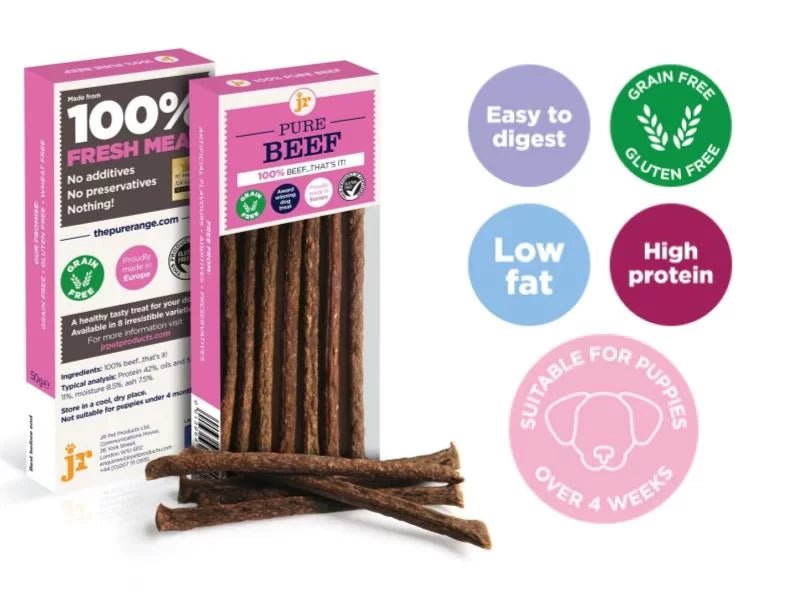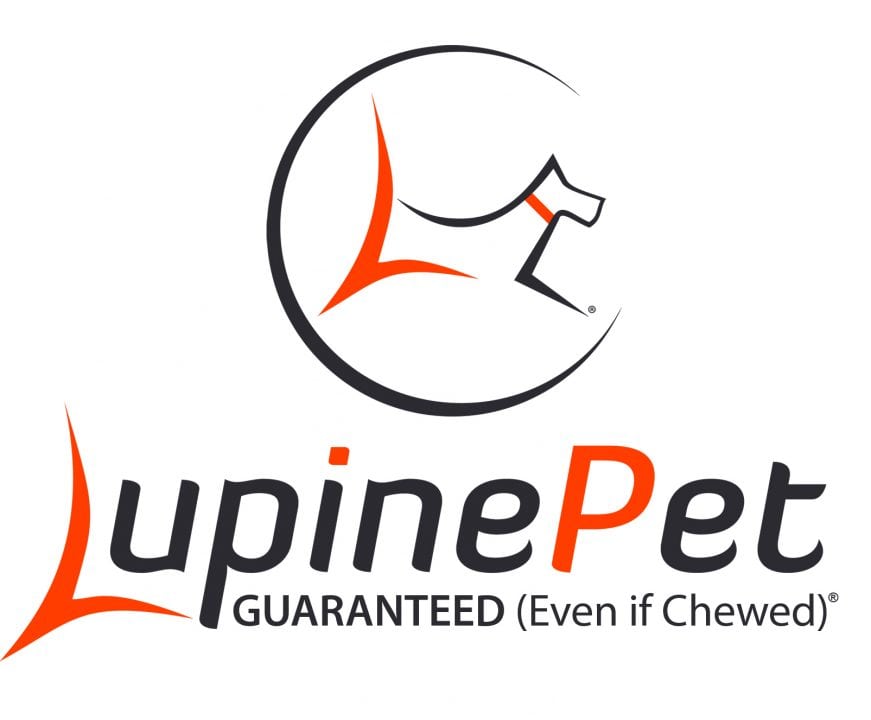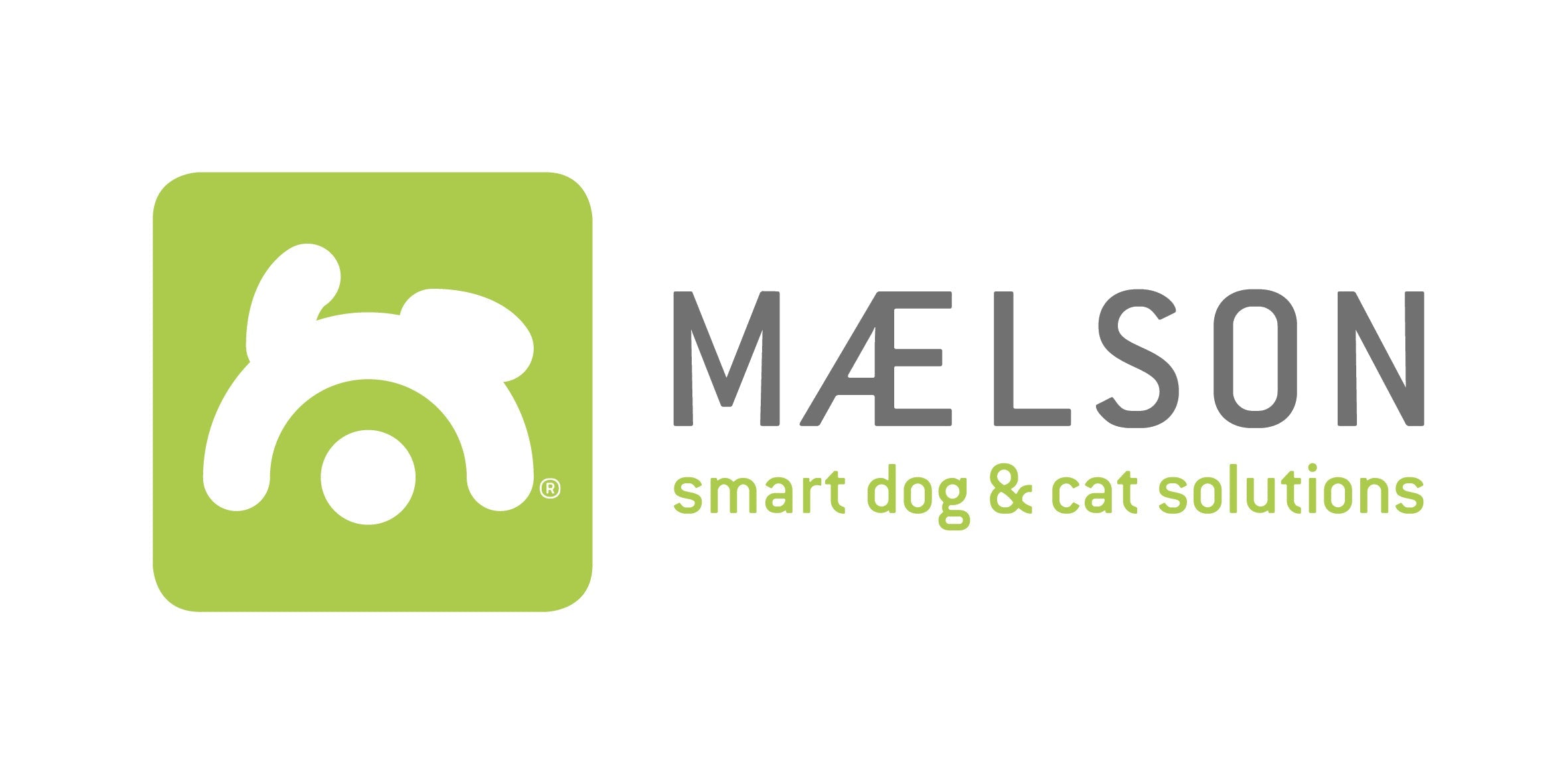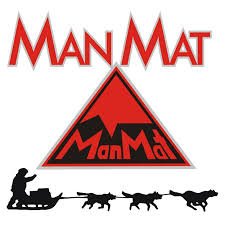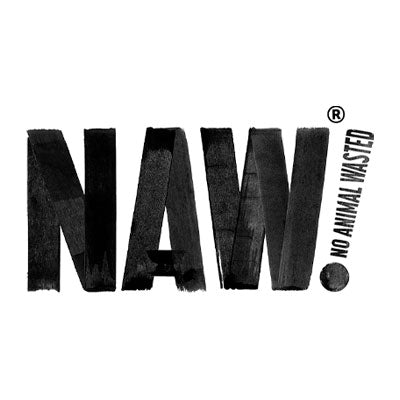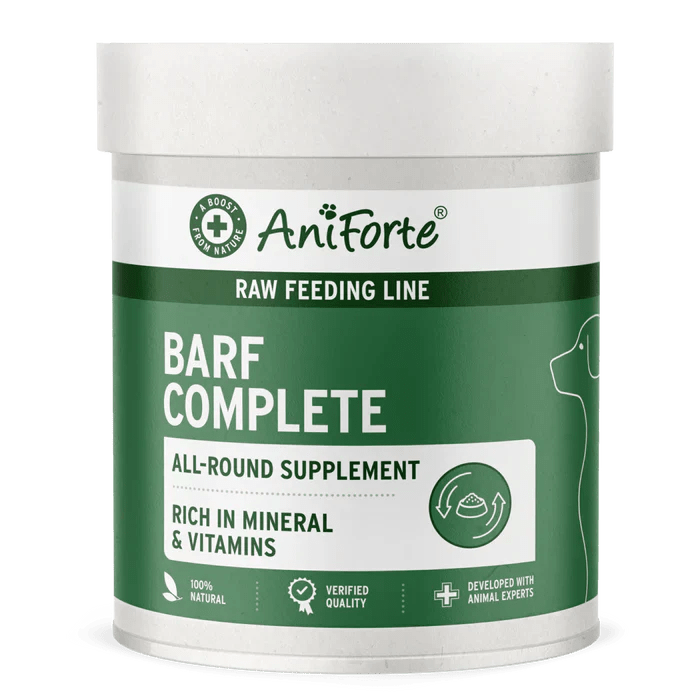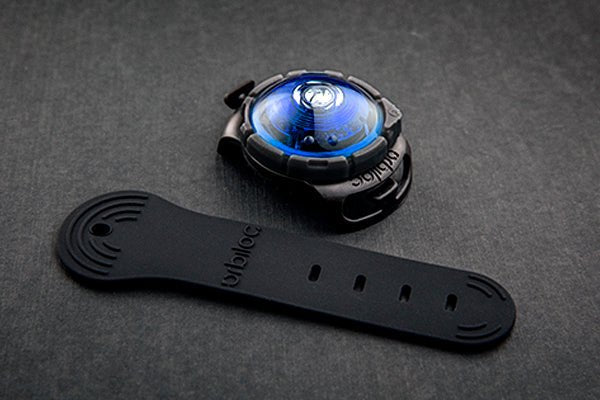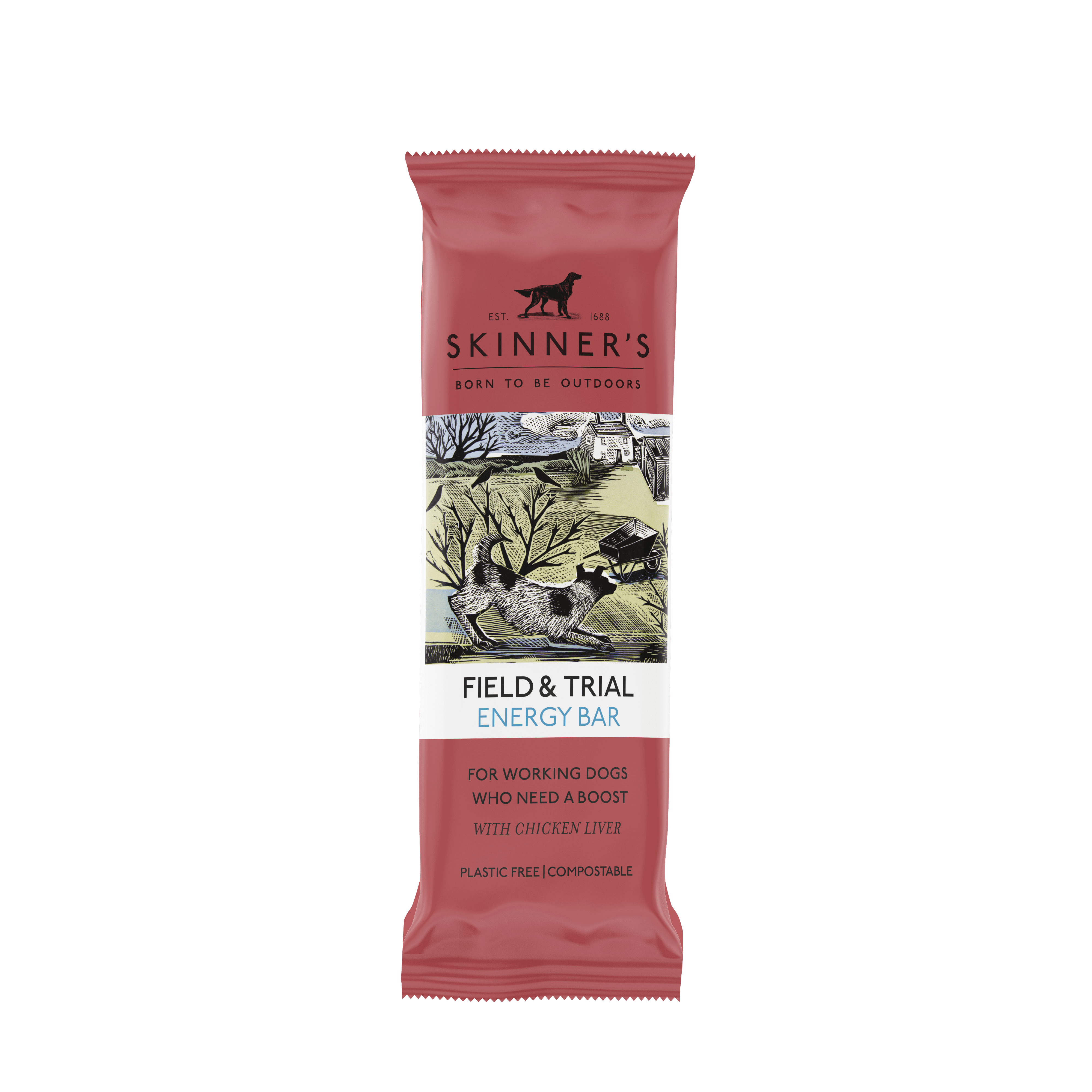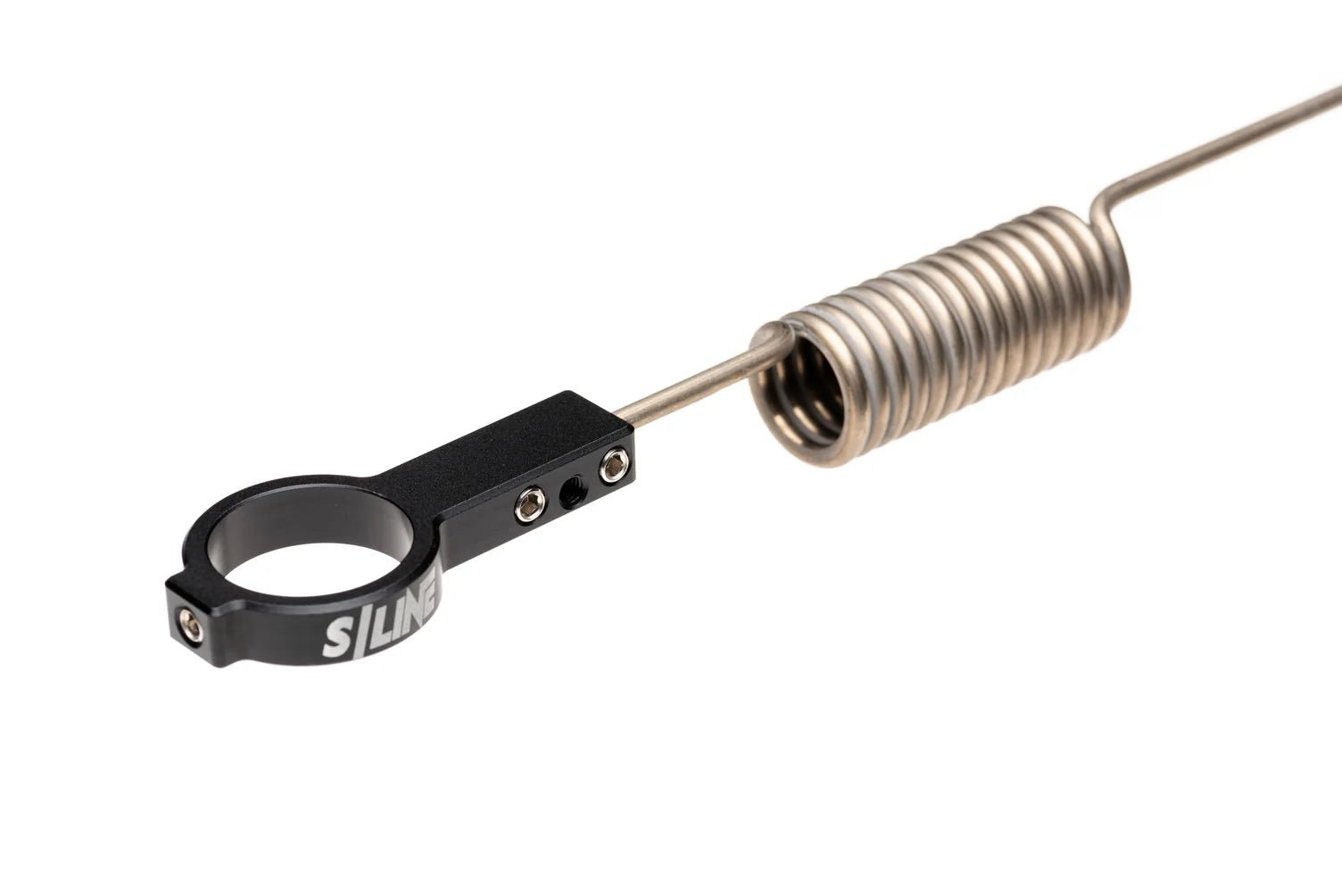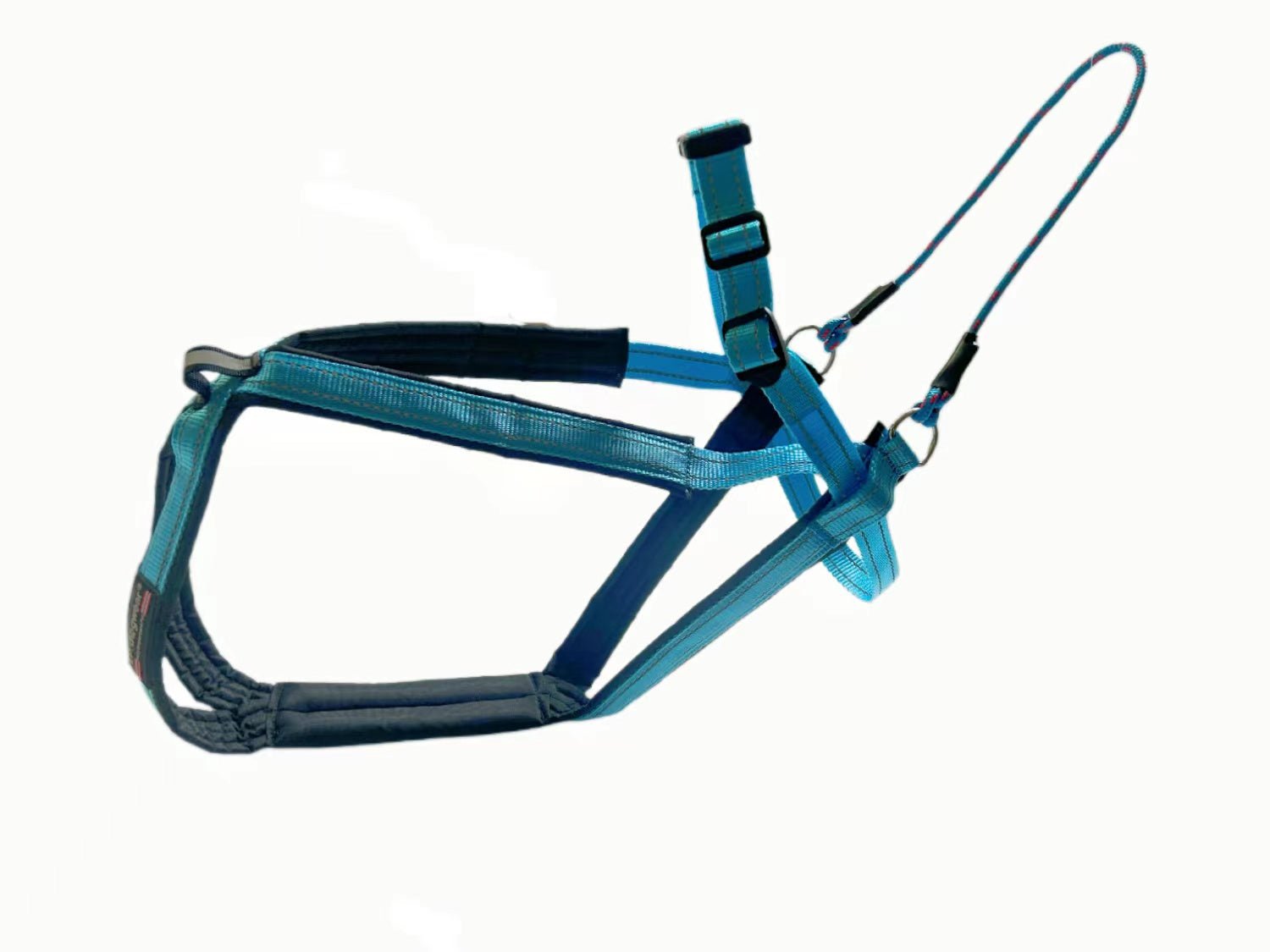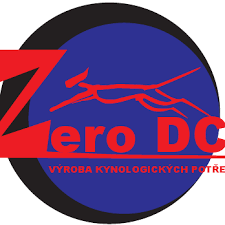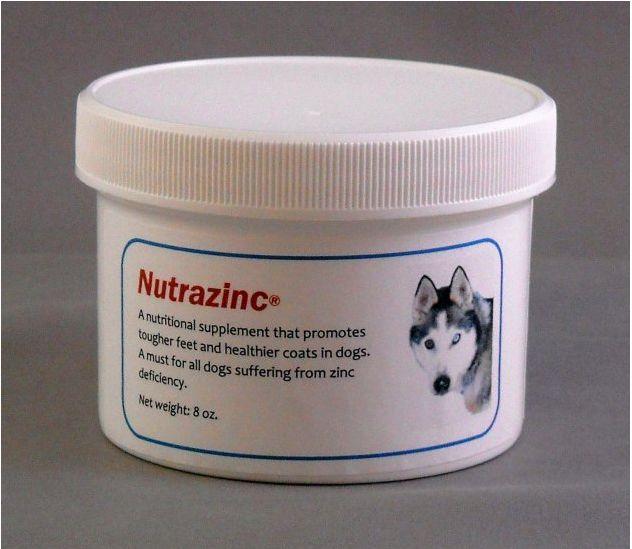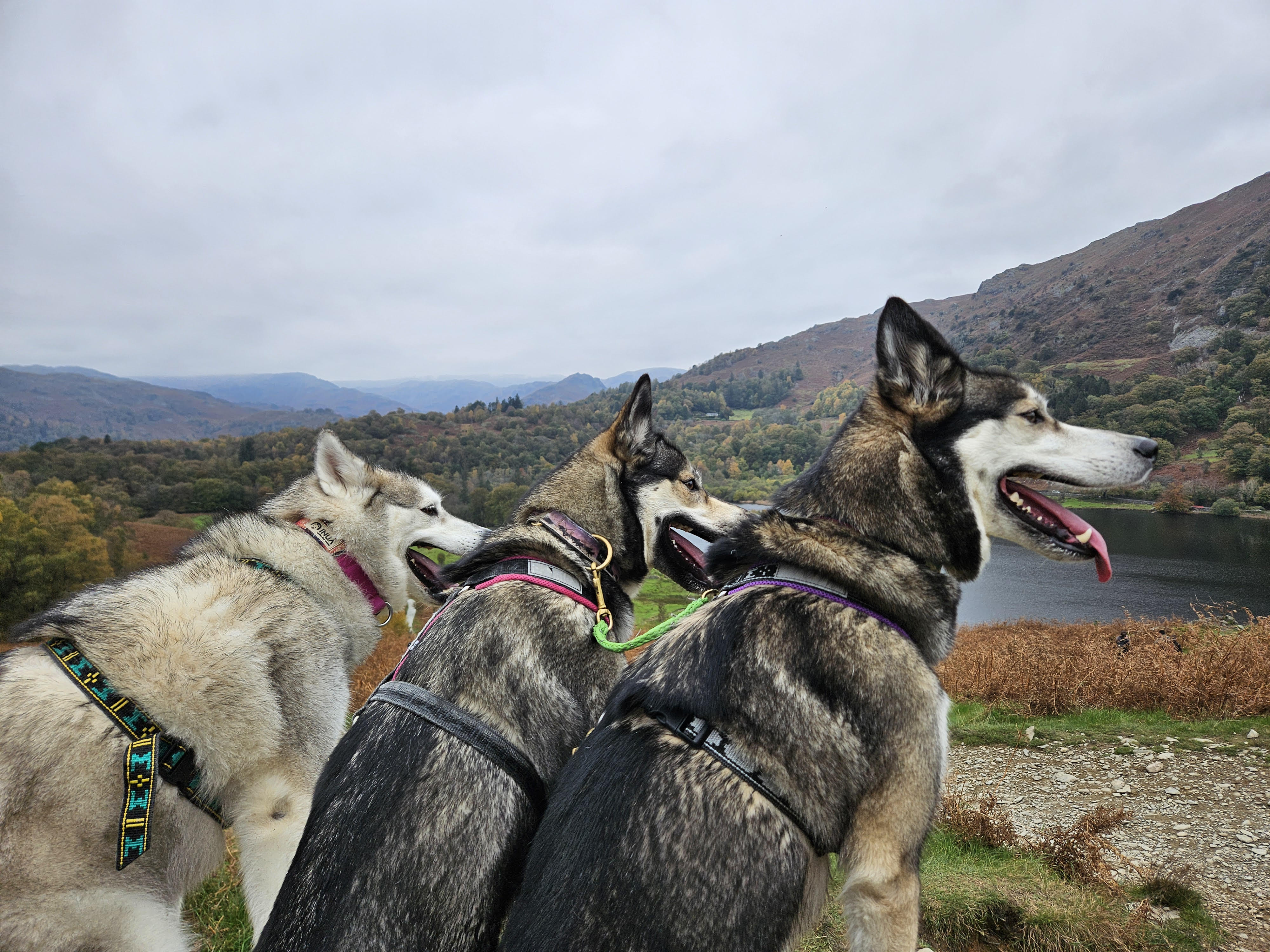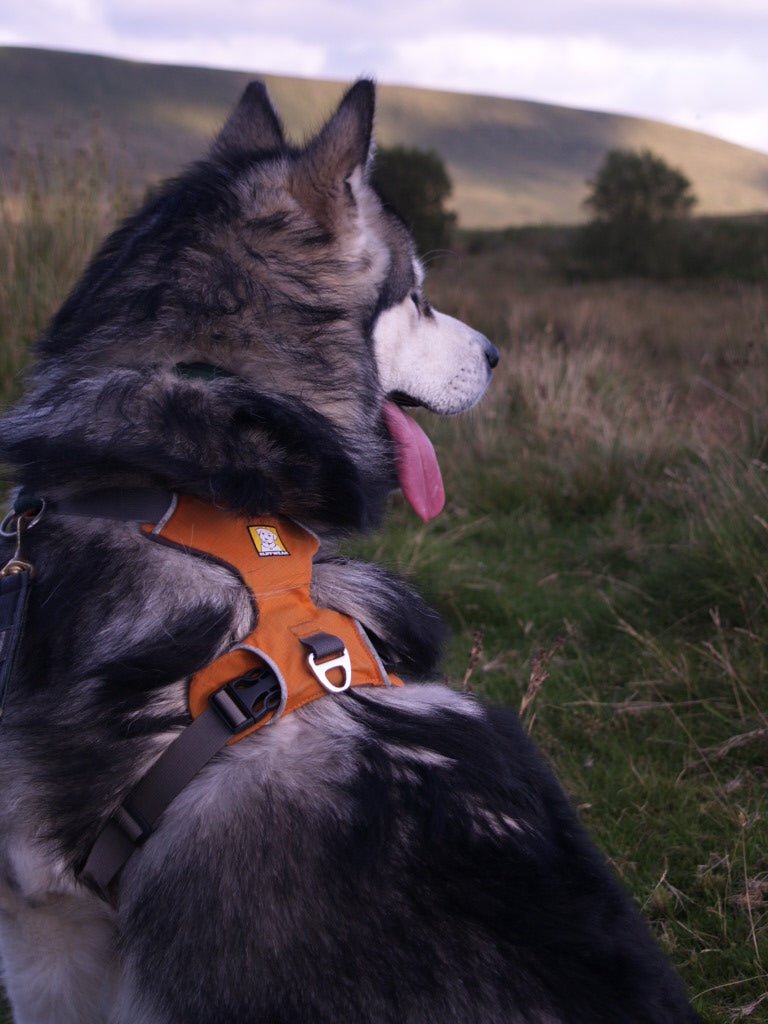It is not fully understood why northern breeds like Siberian Huskies and Alaskan Malamutes are more prone to suffer from zinc deficiency. It may be down to a genetic inability to adequately absorb the essential mineral.
One theory is that, in the wild, these dogs enjoyed a rich diet of fresh fish, meat and offal. Although they are now domesticated, their dietary requirements are the same but they are often fed processed food which reduces the zinc content. And cheaper dog foods often have zinc bound in a virtually unusable form. In this case, you don’t always get what it says on the tin.
Why is zinc so important?
Zinc helps strengthen a dog’s immune system. It’s vital for cell replication, healing of wounds and maintenance of healthy hair, skin and toenails. And it maintains a normal sex drive.
What are the symptoms?
First of all, the symptoms are easily missed. Common signs of zinc deficiency in dogs are hair loss, poor growth, lethargy, thickened footpads, redness and weeping between the toes, and open and crusted skin lesions around the mouth and eyes. Male dogs lose the desire to breed and females won’t come into heat.
Zinc deficiency during pregnancy can lead to stillborn puppies or physical and mental abnormalities.
It is often the root cause of the many mystery illnesses that befall snow dogs and is not always obvious to vets.
Can a dog have too much zinc?
Absolutely. It’s important to stress at this point that these symptoms may have other causes. A vet must be consulted. Just stuffing your animal with copious amounts of zinc could be extremely harmful.
High doses of zinc reduce the absorption of copper. This can lead to weak bones and anaemia. Signs of too much zinc in the body include vomiting, diarrhoea, lethargy and rapid breathing.
What is the problem with plant food?
Plants and fibre contain a compound called phytate, which bind minerals such as zinc and reduces the absorption rate. Calcium acts in the same way. A diet high in plant material or calcium could therefore lead to zinc deficiency. Meat and bone contain a higher concentration of zinc.
So what can you do?
You should feed these northern breeds a diet with a higher zinc content. A zinc supplement, such as Nutrazinc, can be fed all year round.
The daily dose for a dog weighing 50lb is 1/13 of a teaspoon. It is recommended that dogs in active training or with chronic foot, skin or coat problems or competitive show dogs receive twice that amount. This can be tripled or quadrupled for animals with severe skin or coat problems, or with acute zinc deficiency, without fear of toxicity. Never exceed four times the required dose. Please email us with your dog’s weight if you have any queries about correct dosage.
You can administer Nutrazinc by mixing it thoroughly into the dog’s food or dissolving it in his water.
As with most ailments in animals or humans, the key is treating it early.
We always recommend speaking with your vet in the first instance if you have any concerns about your dog’s health.

